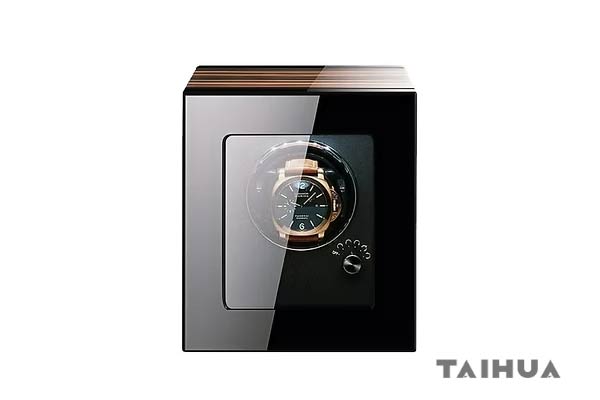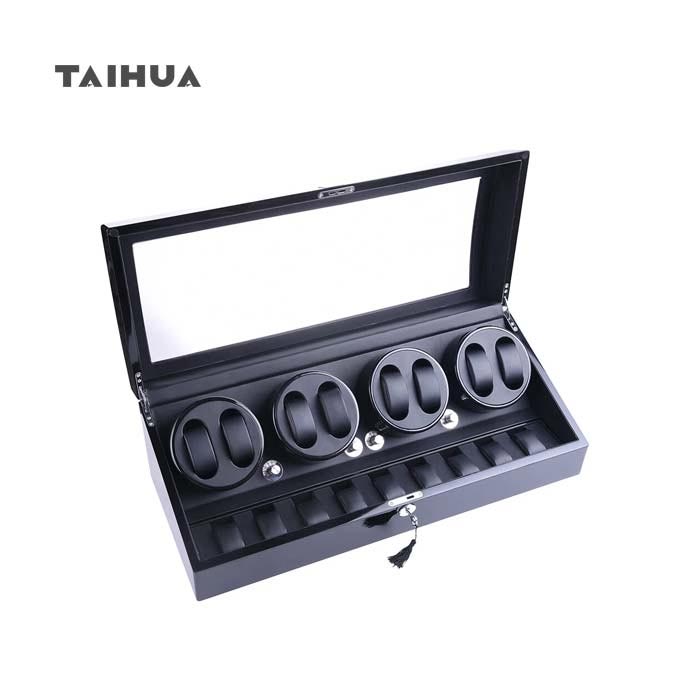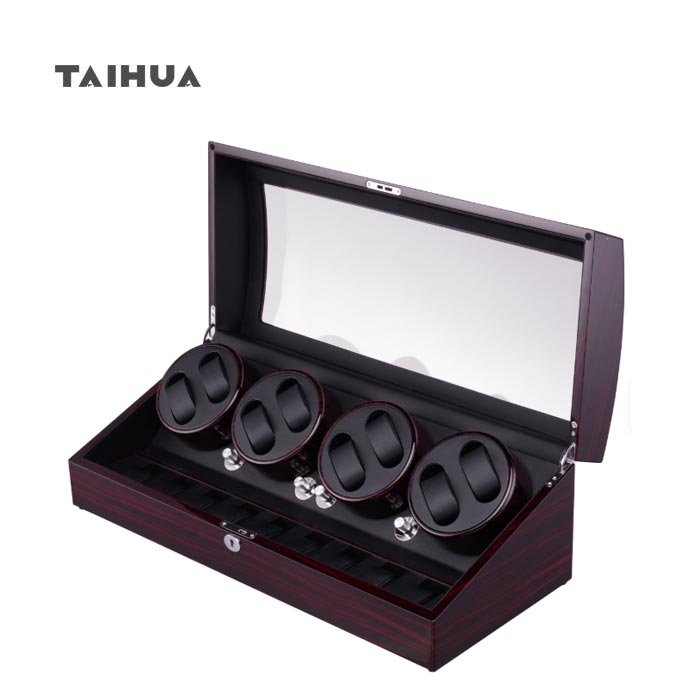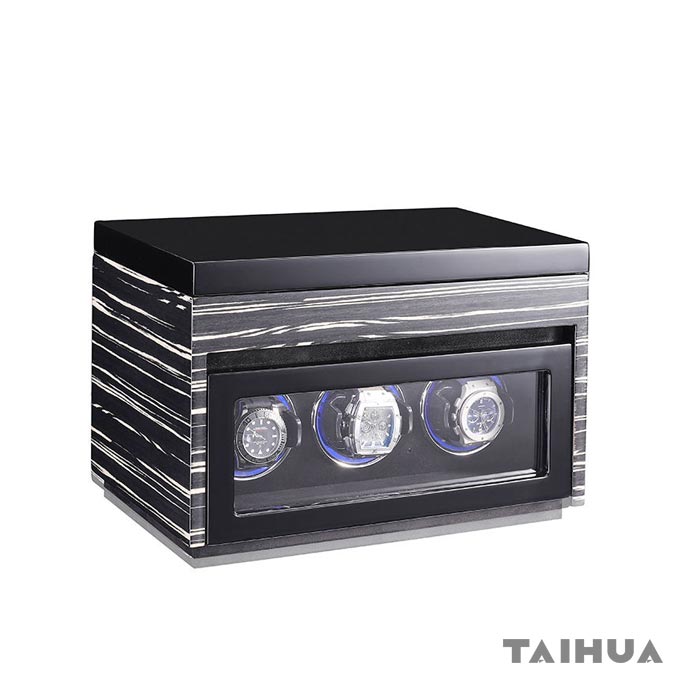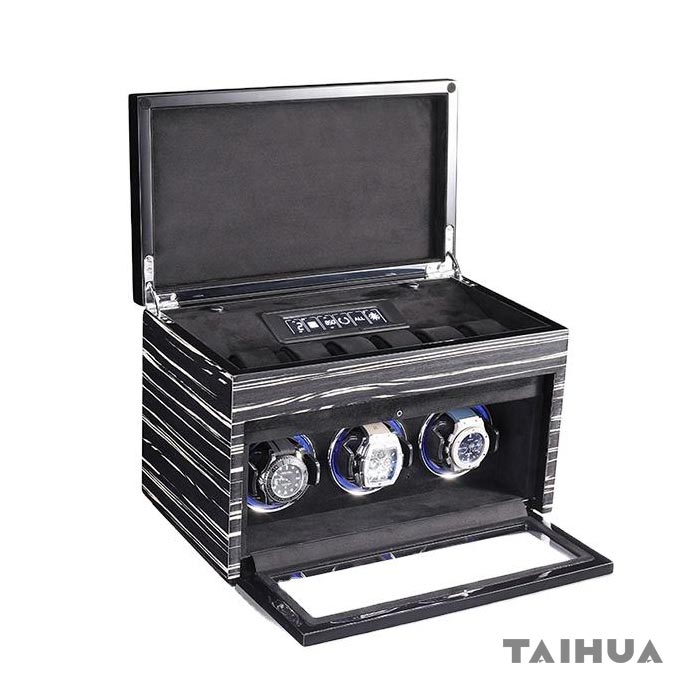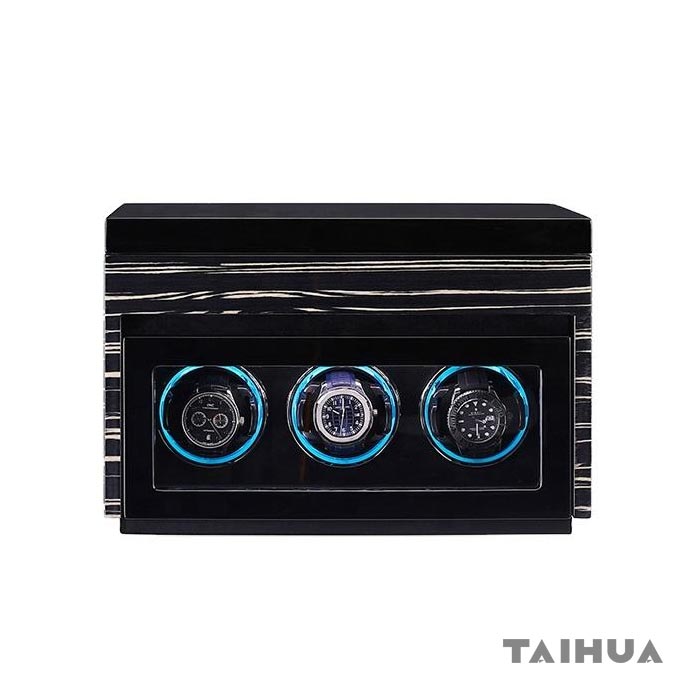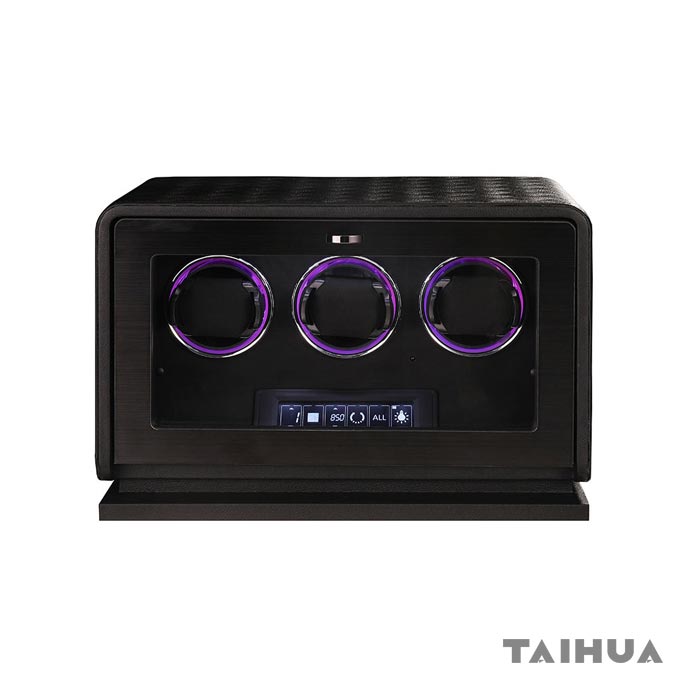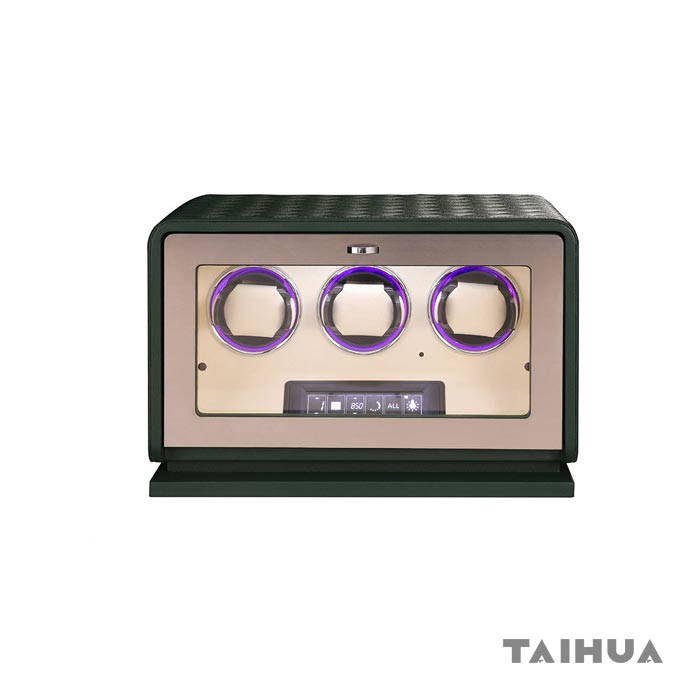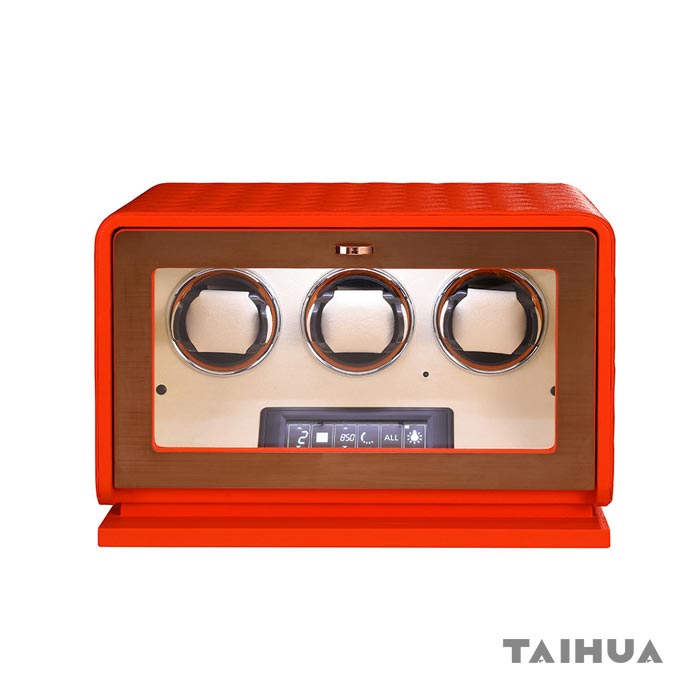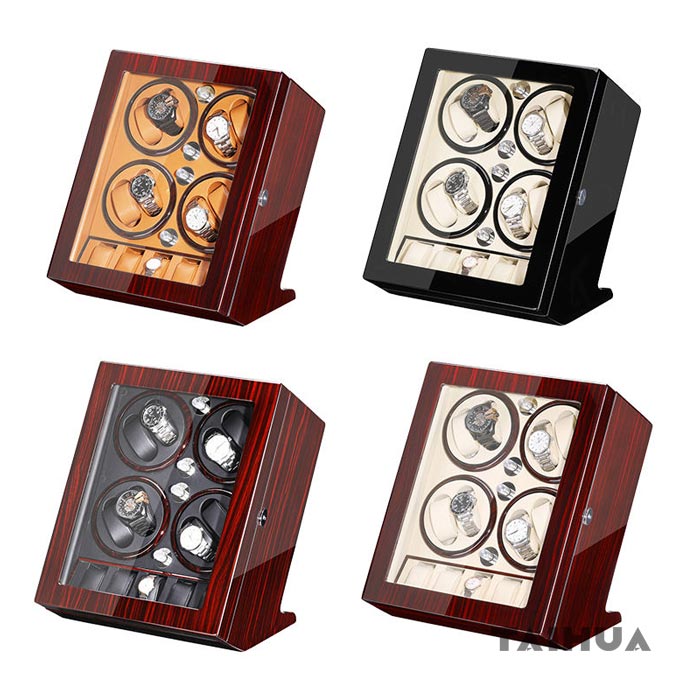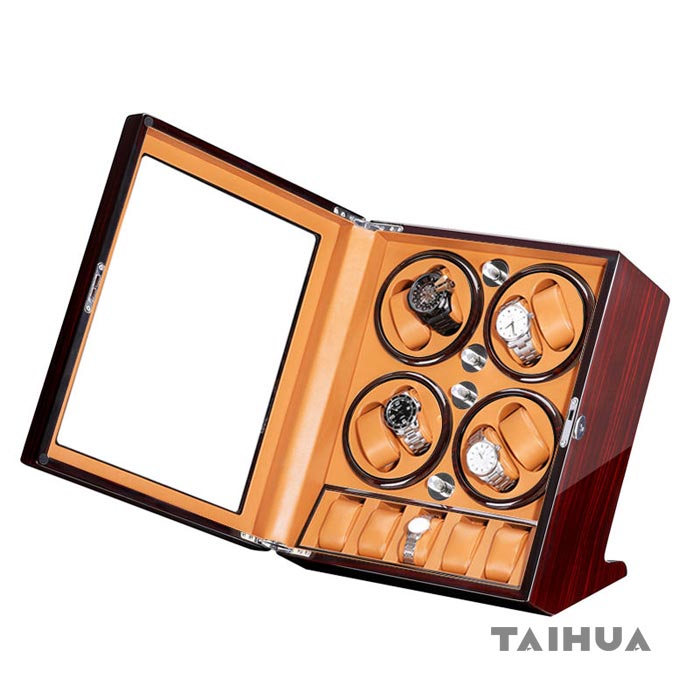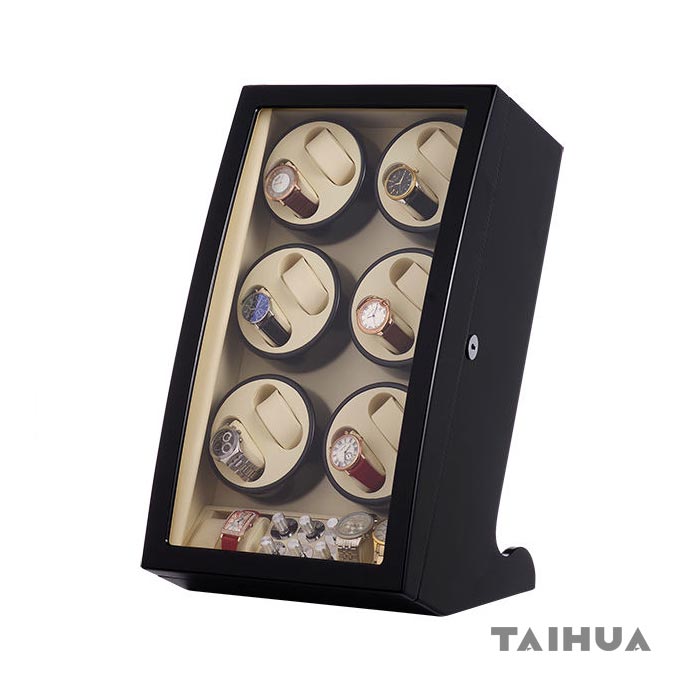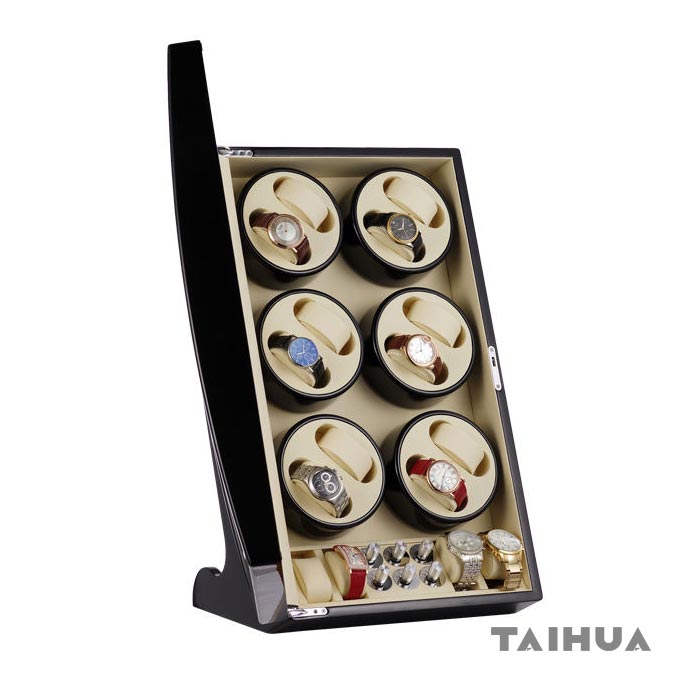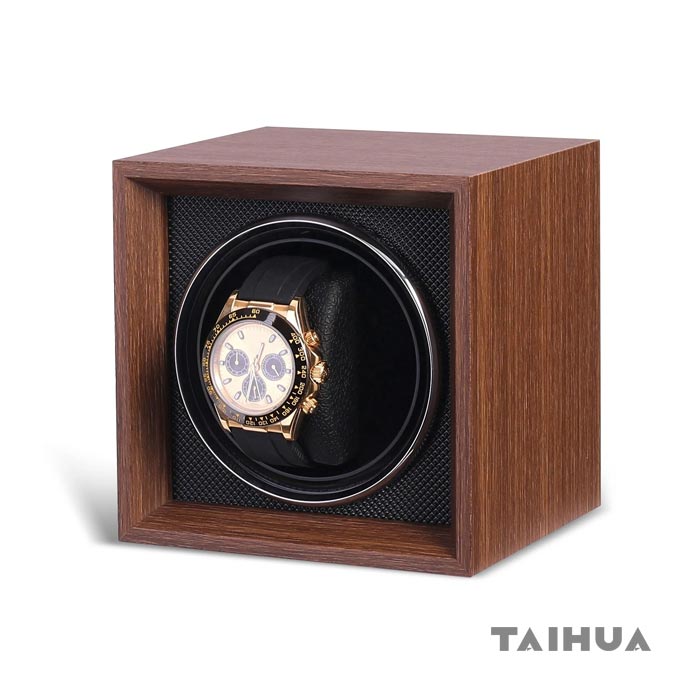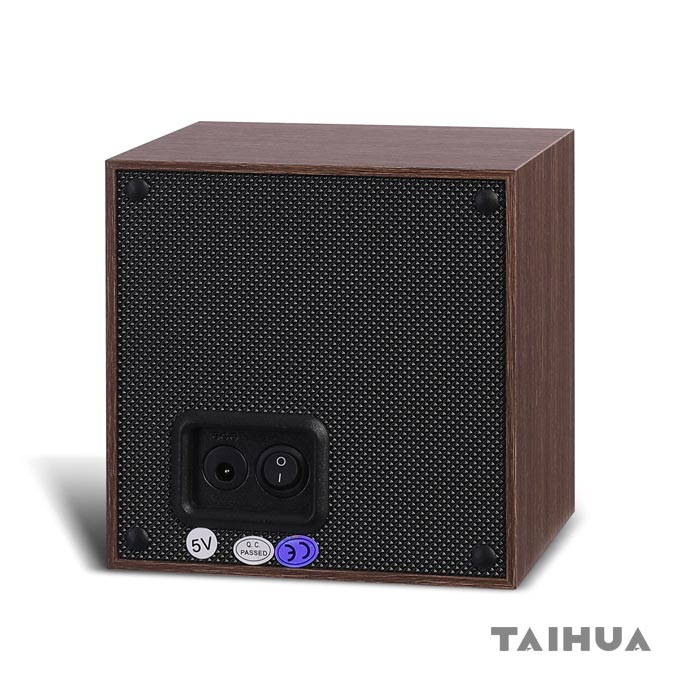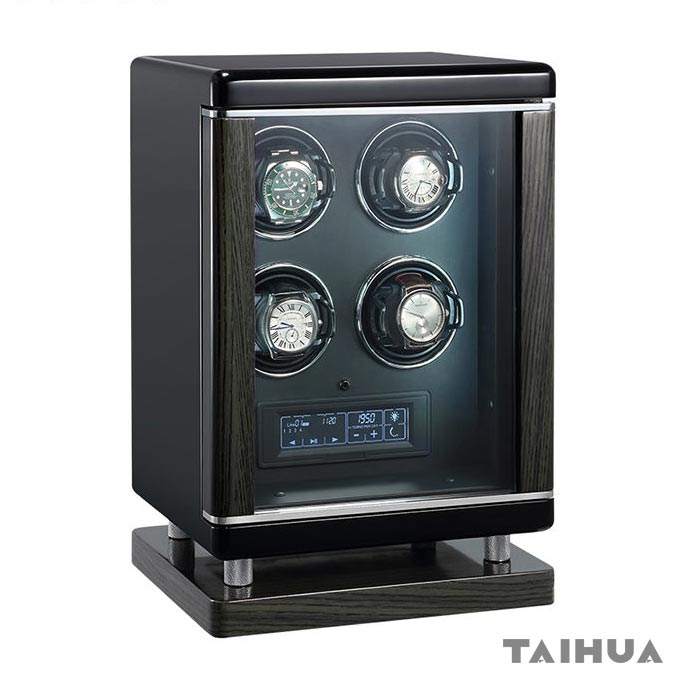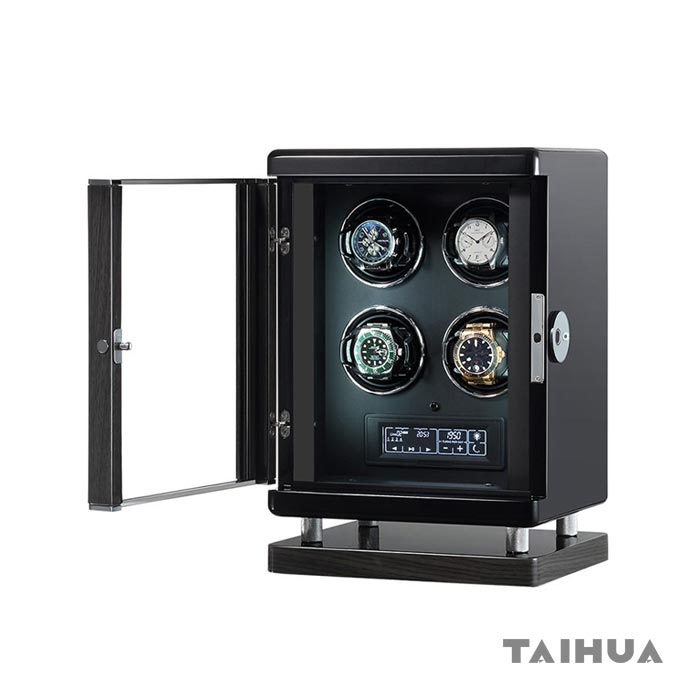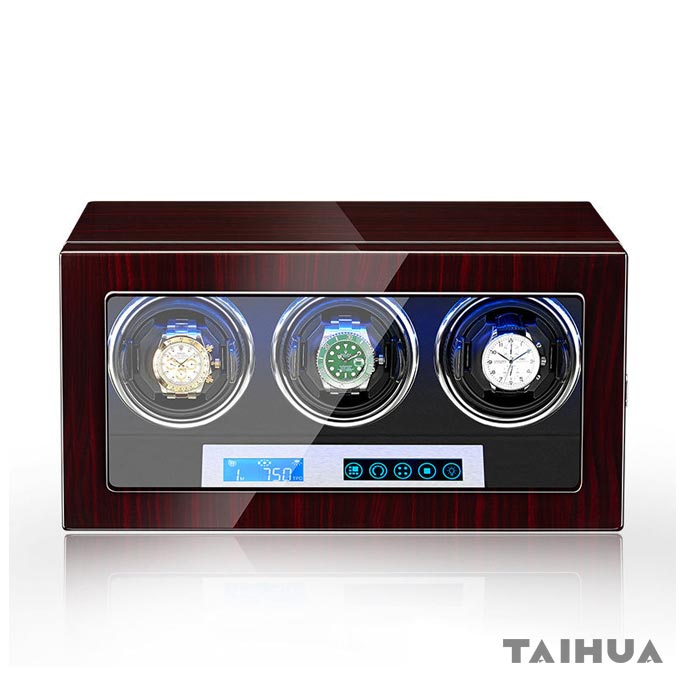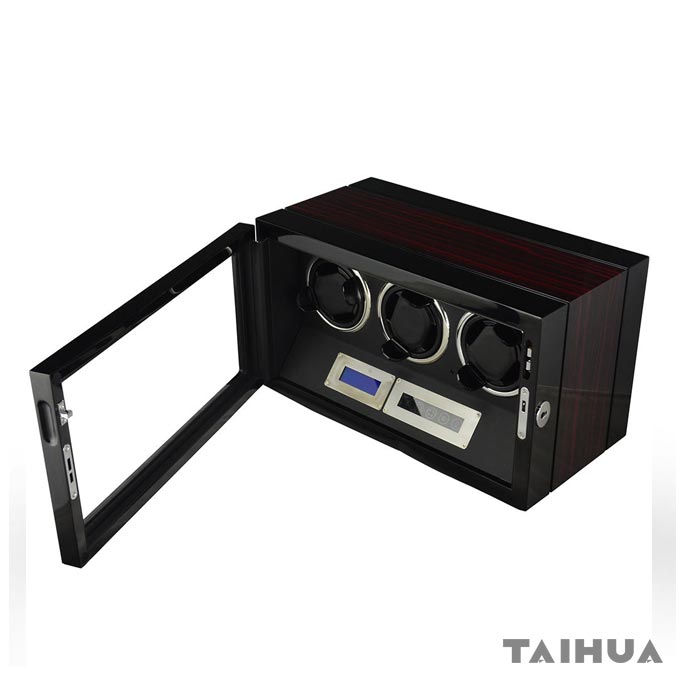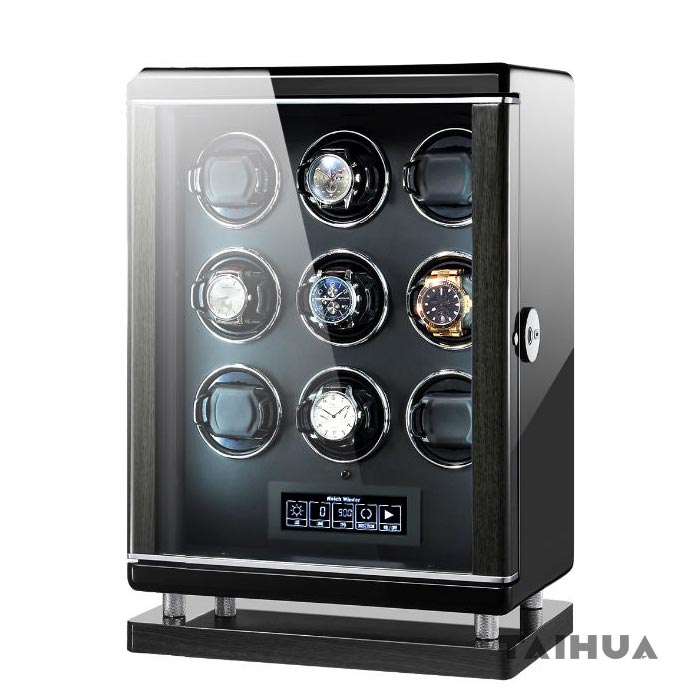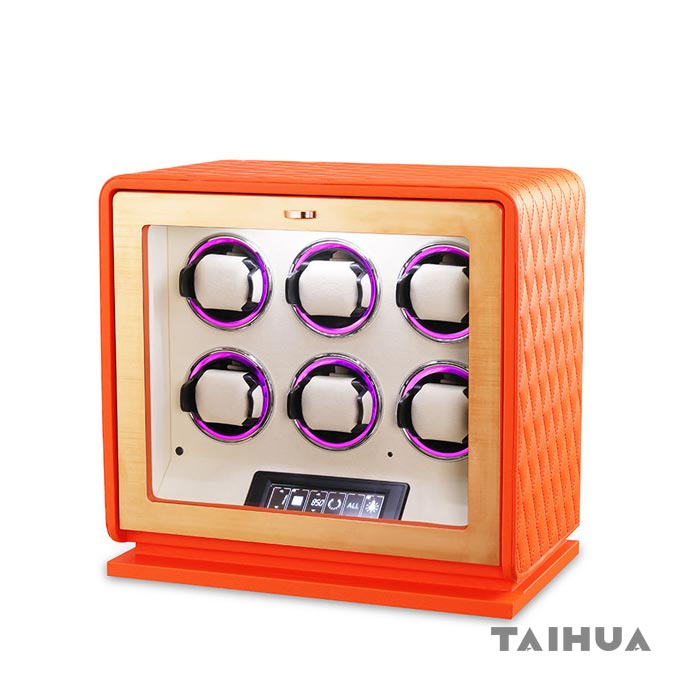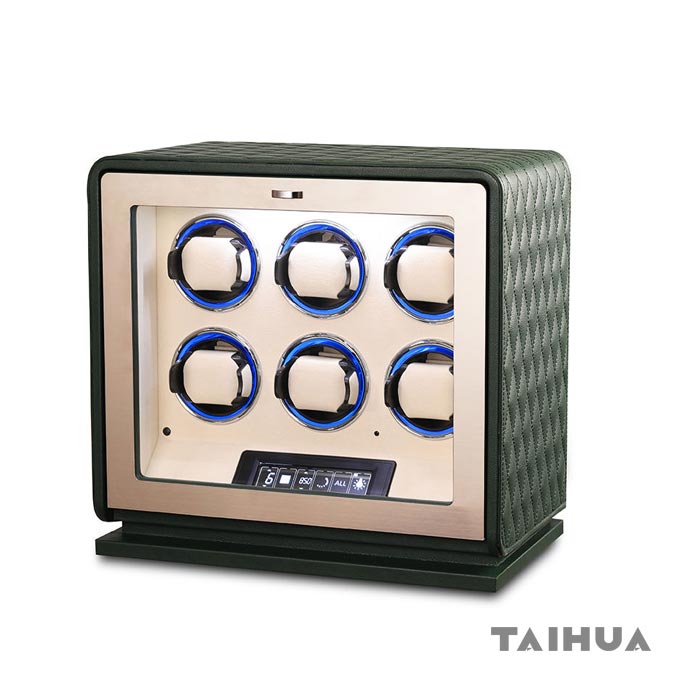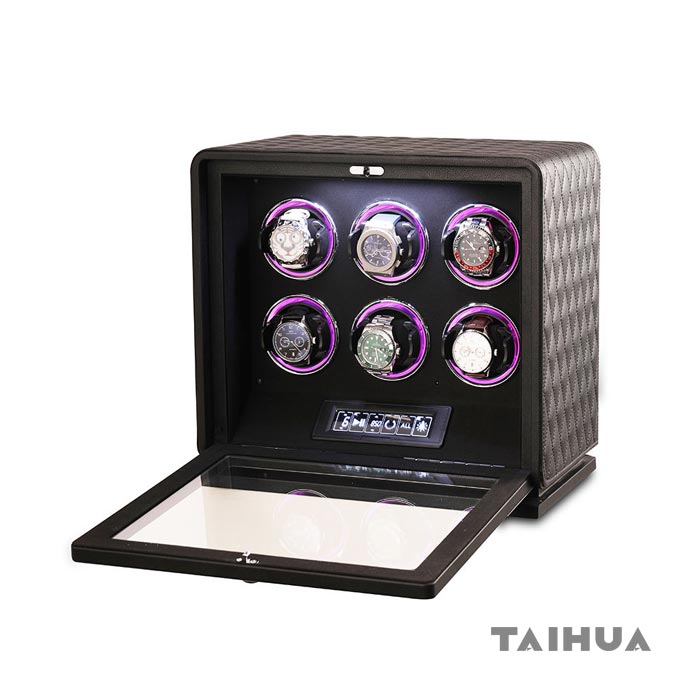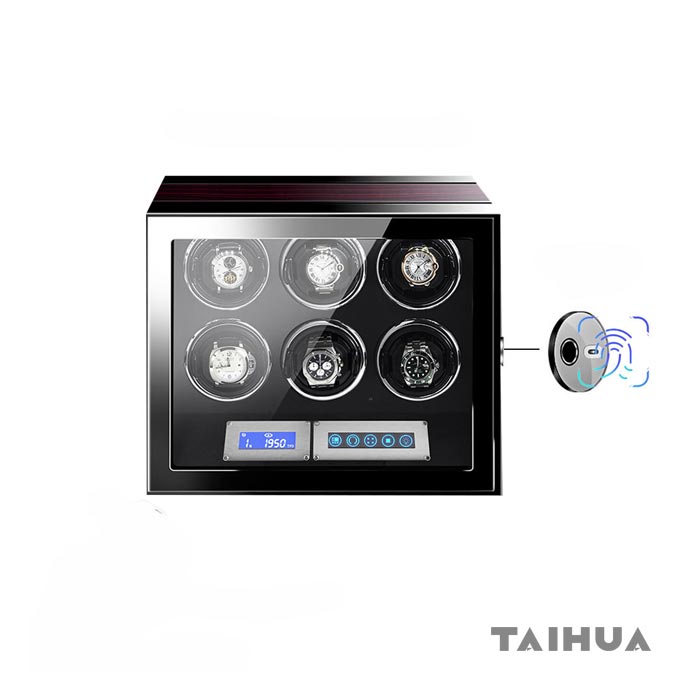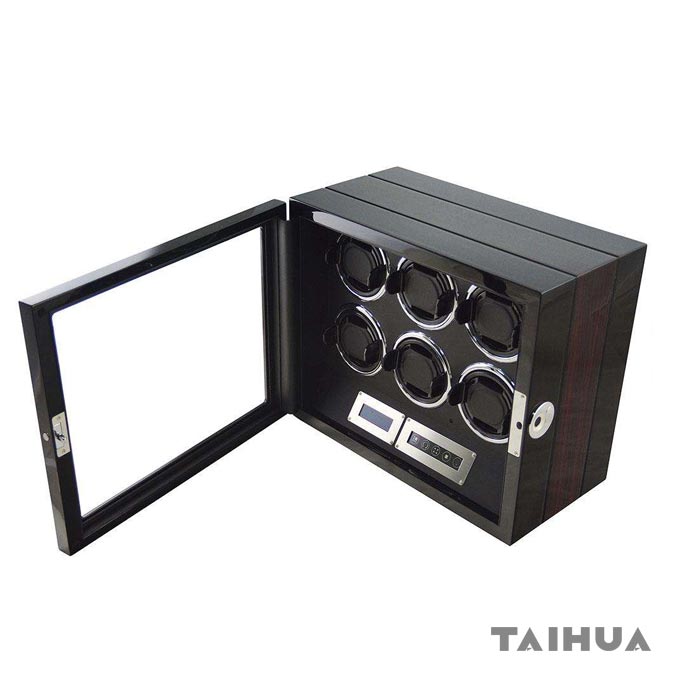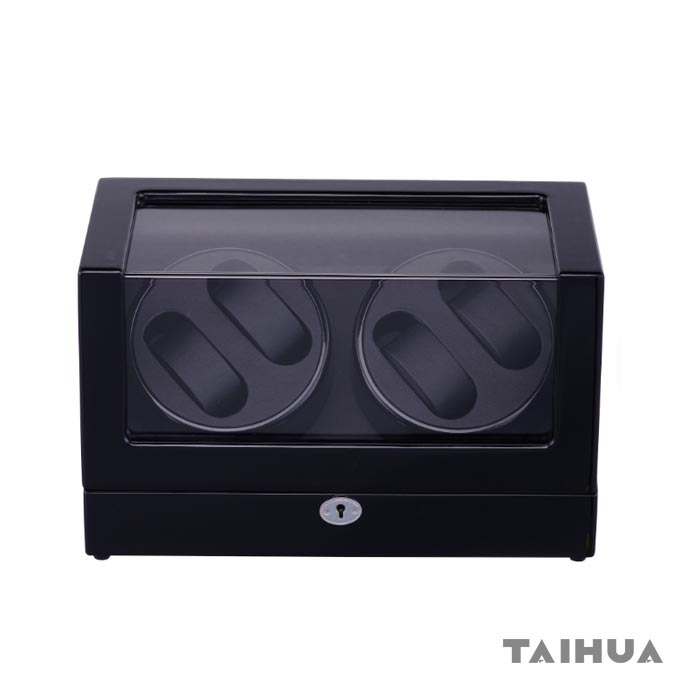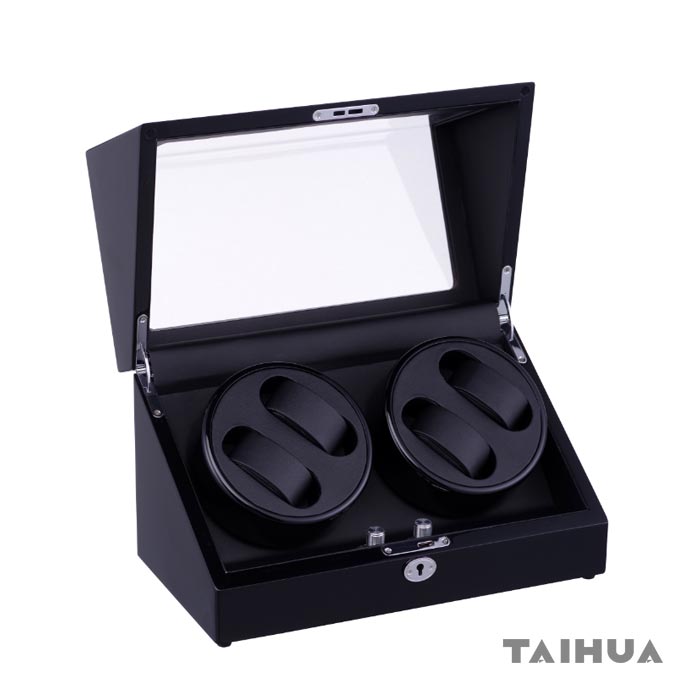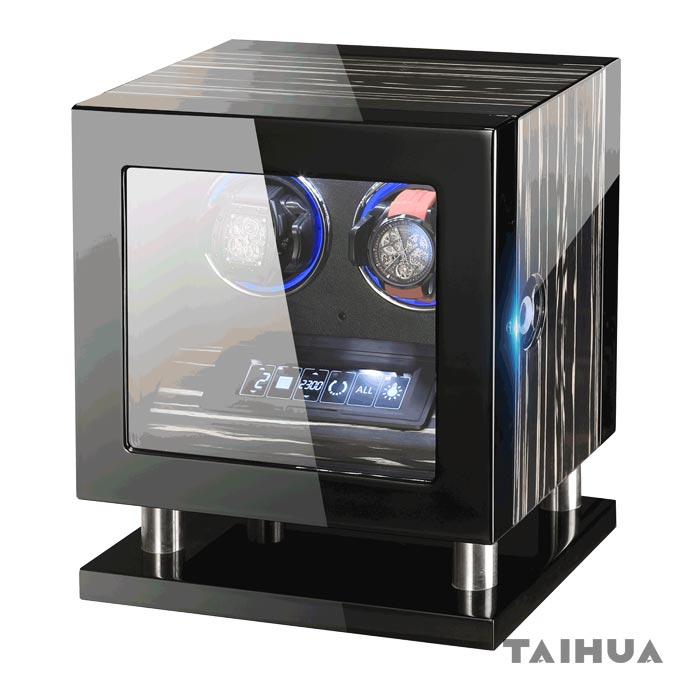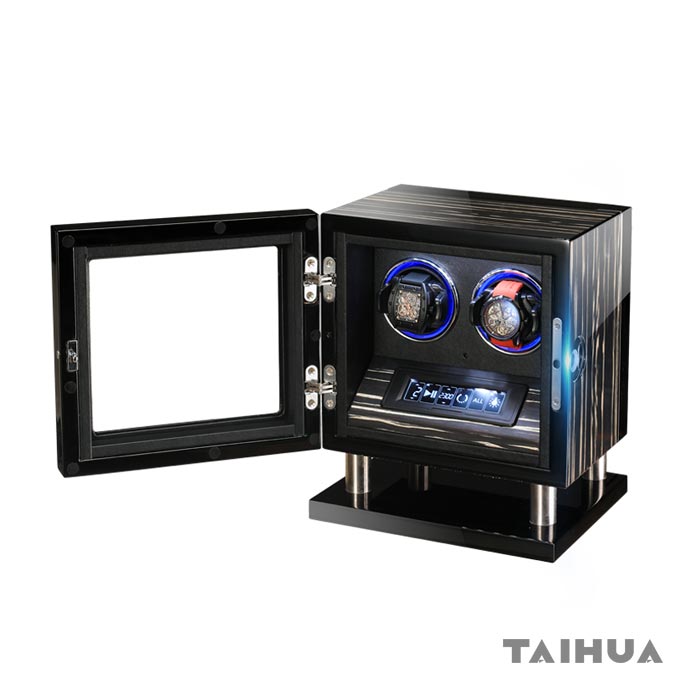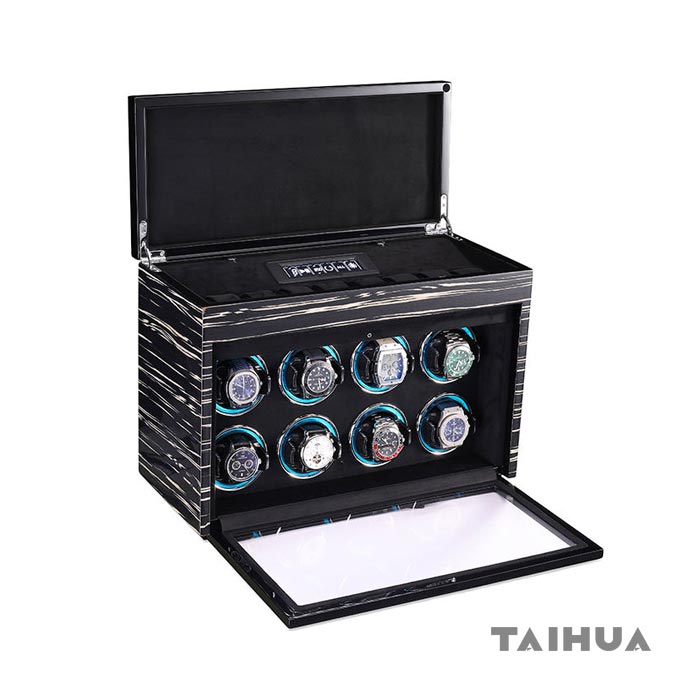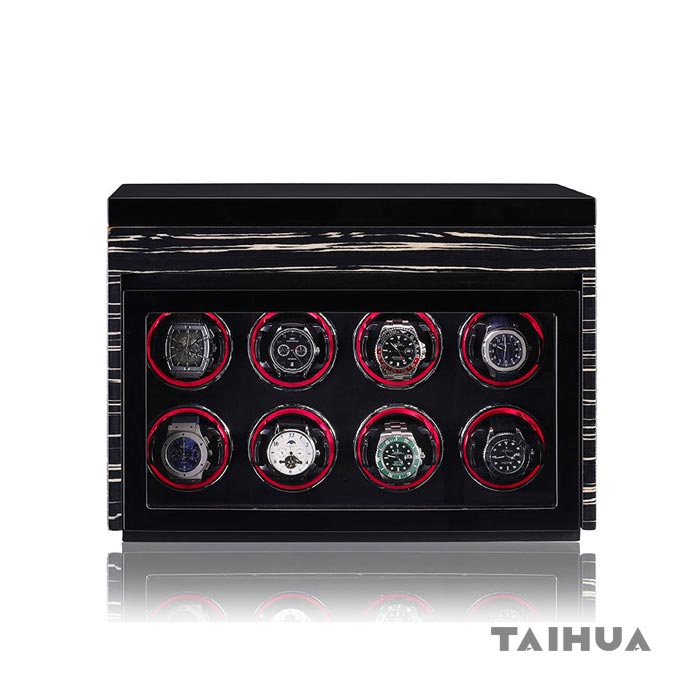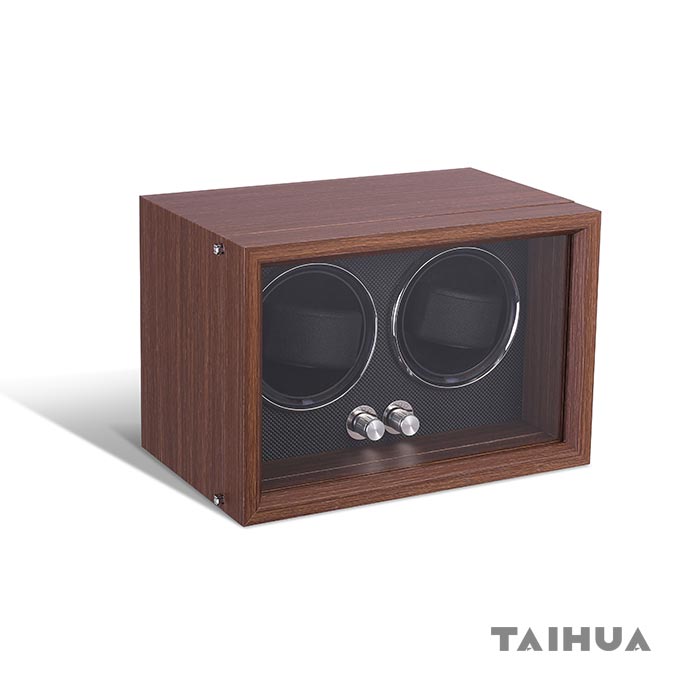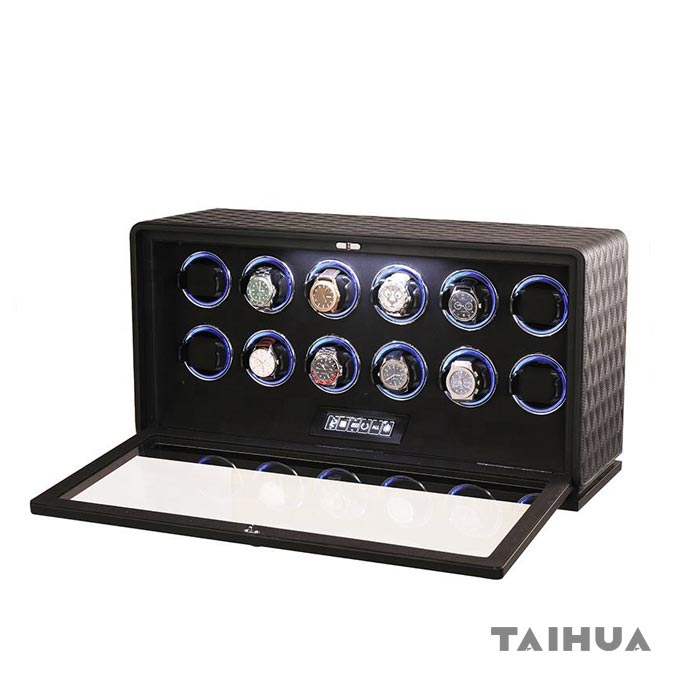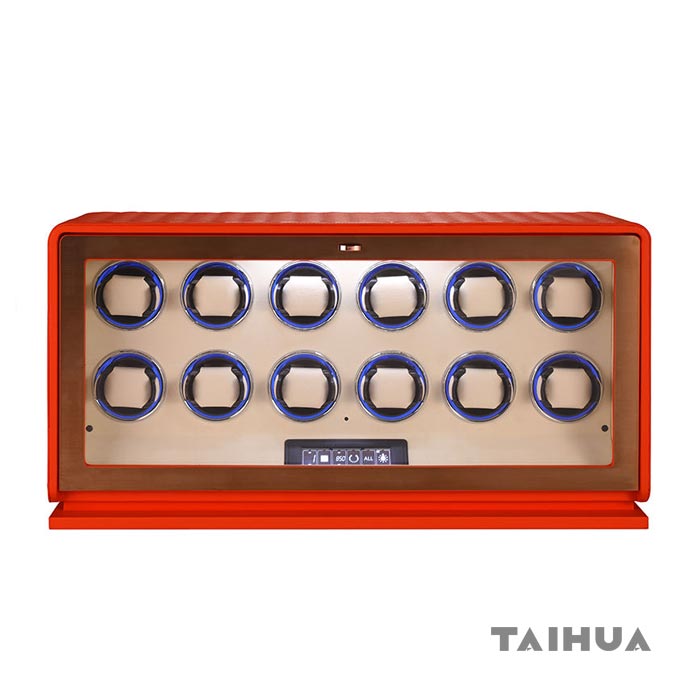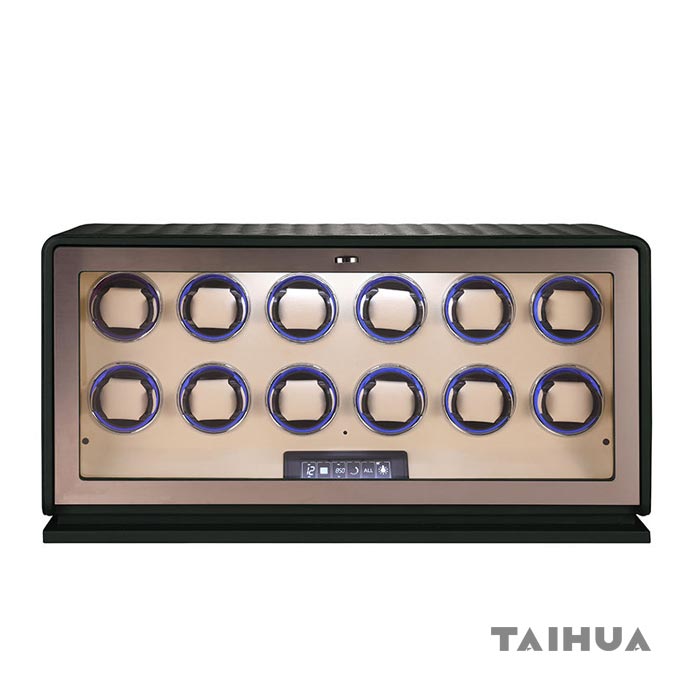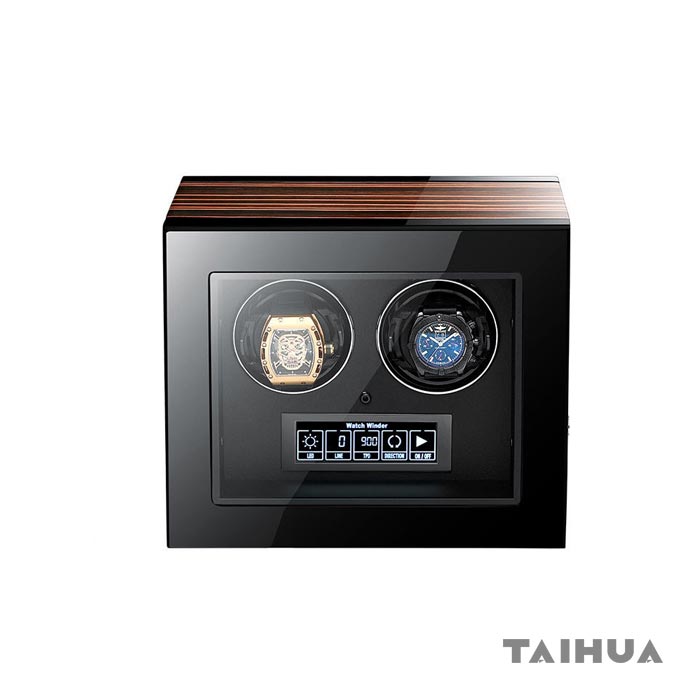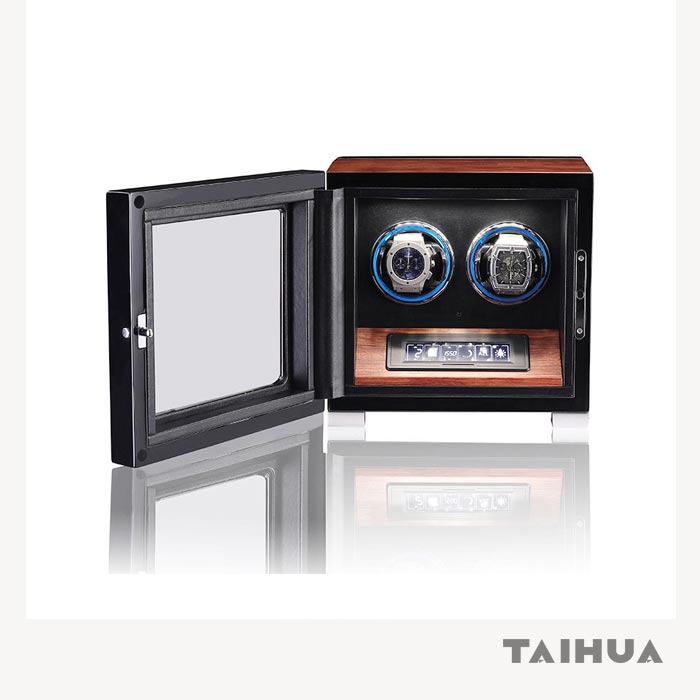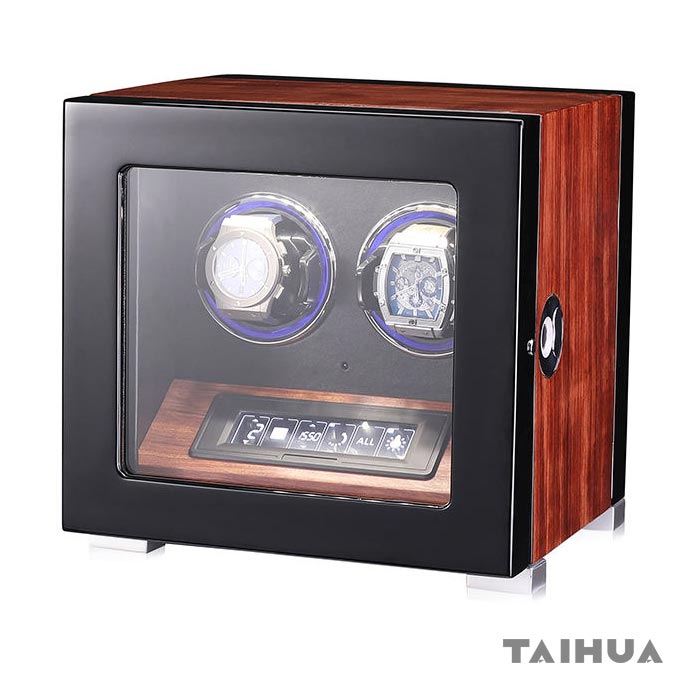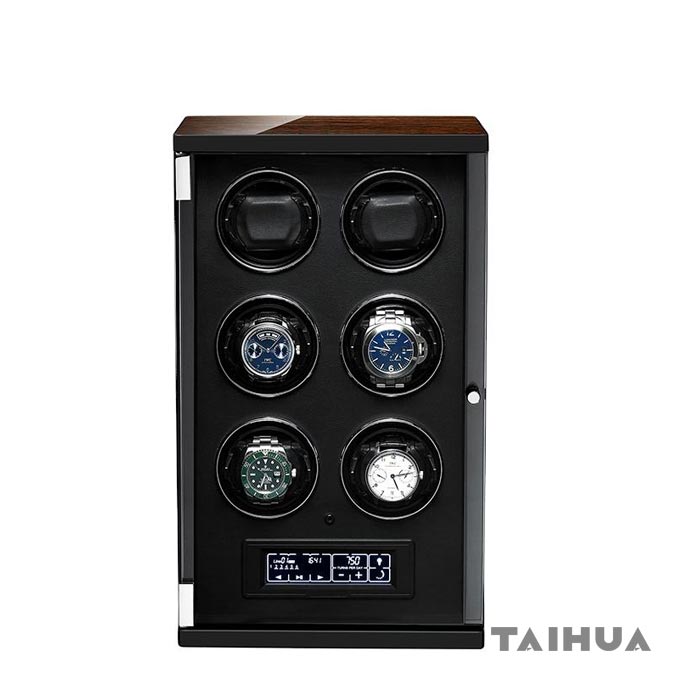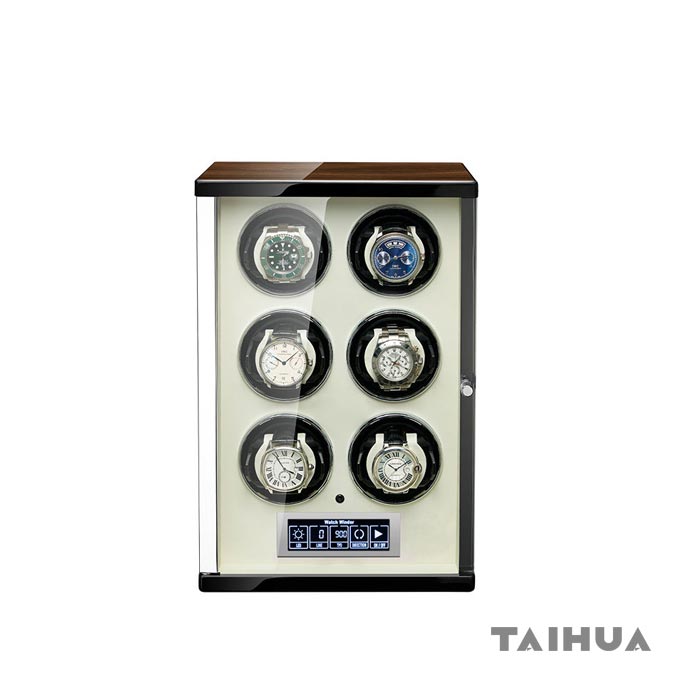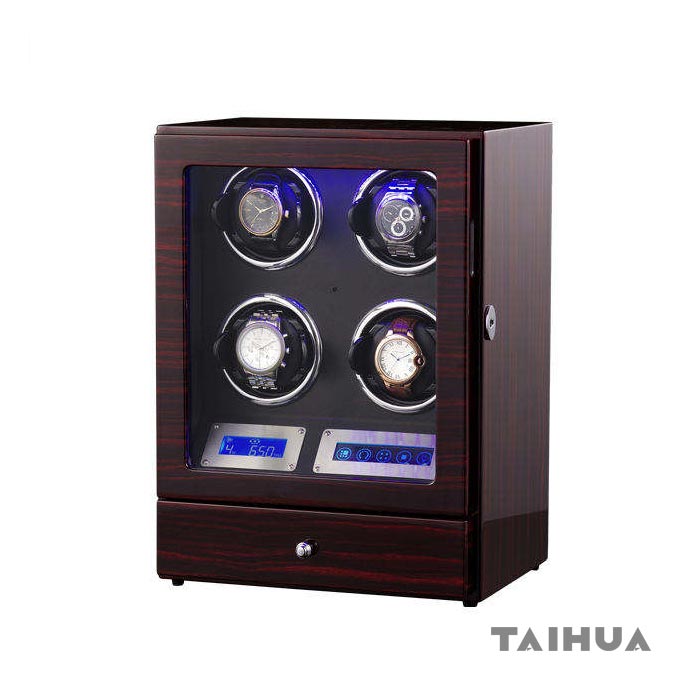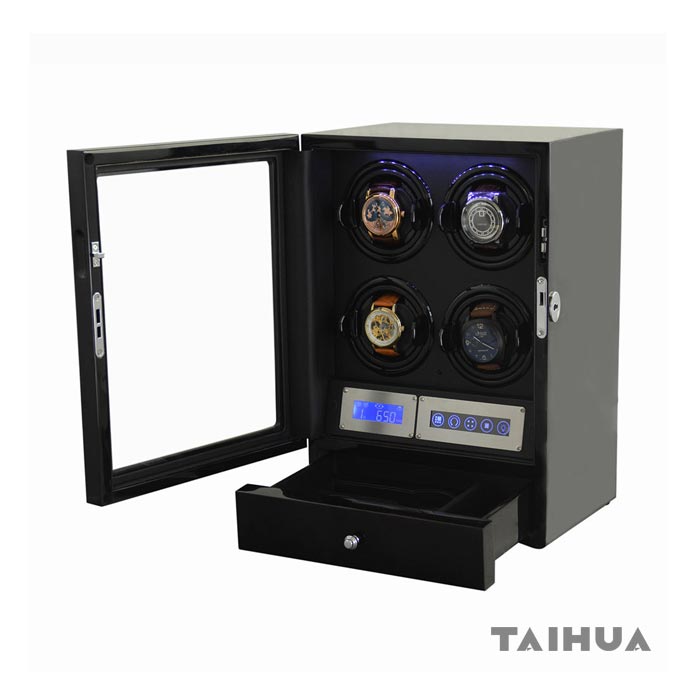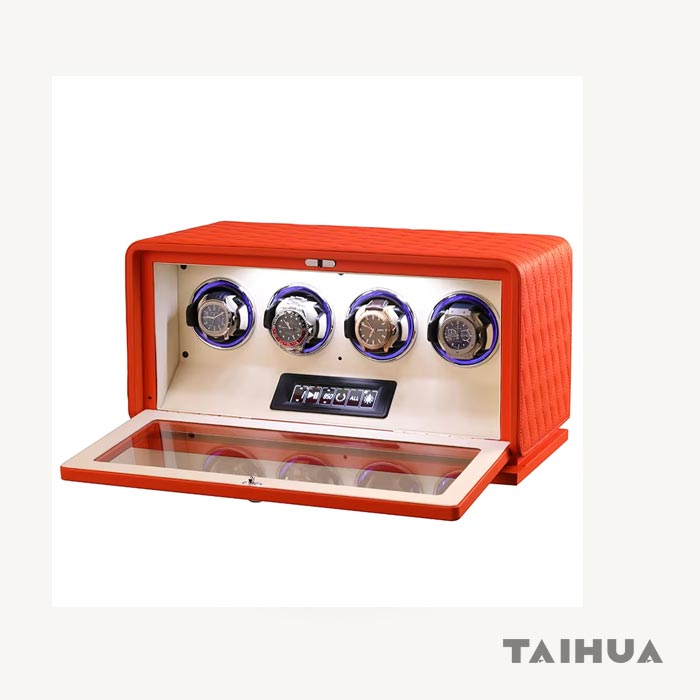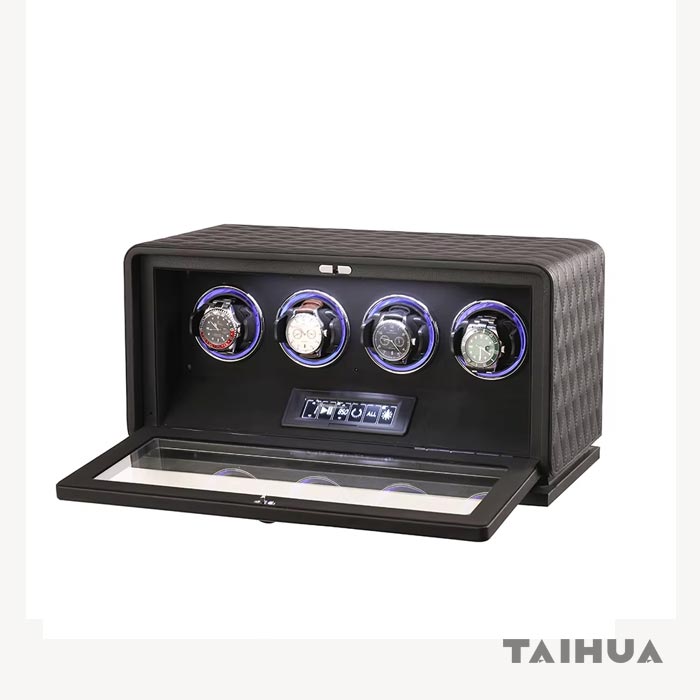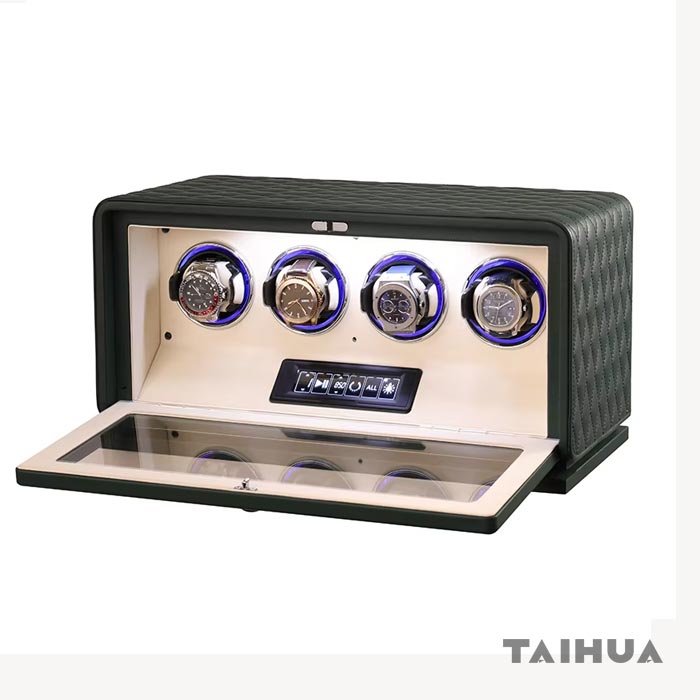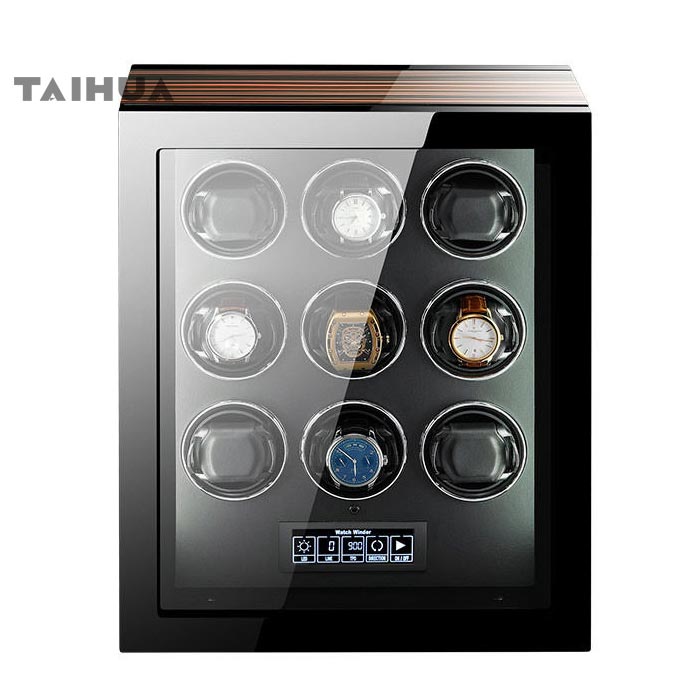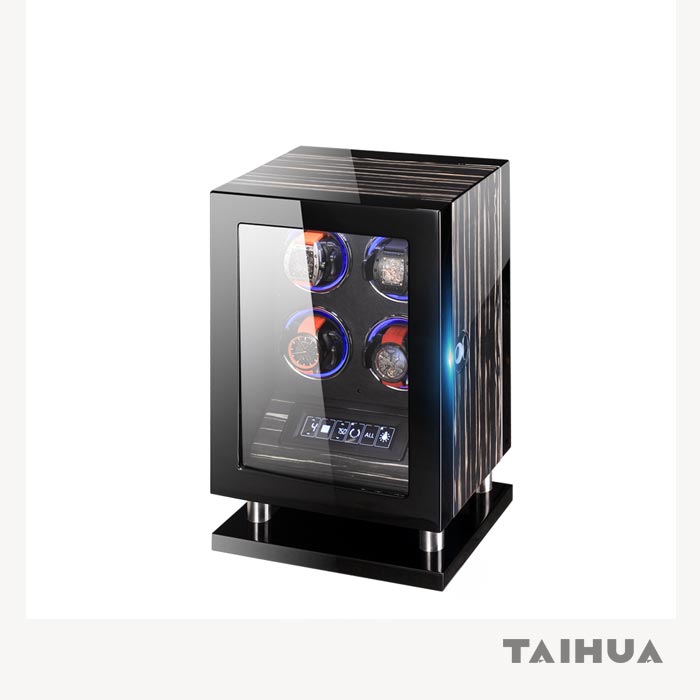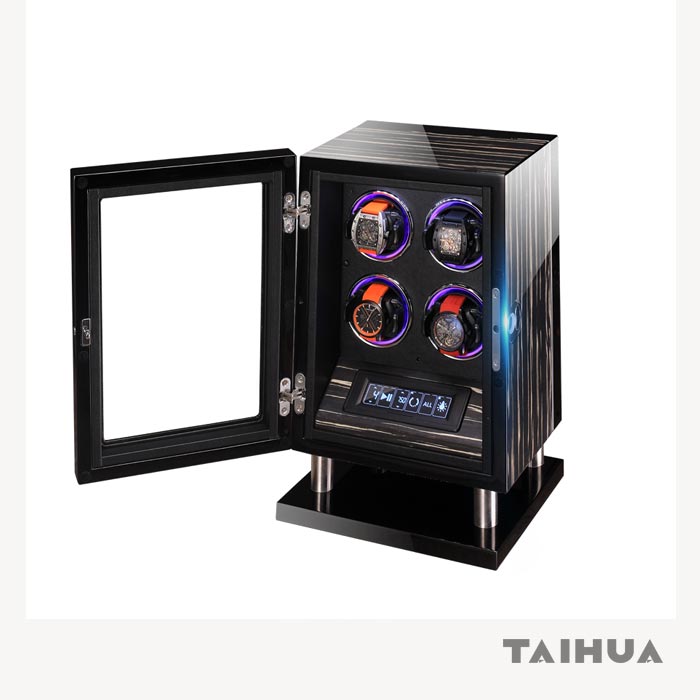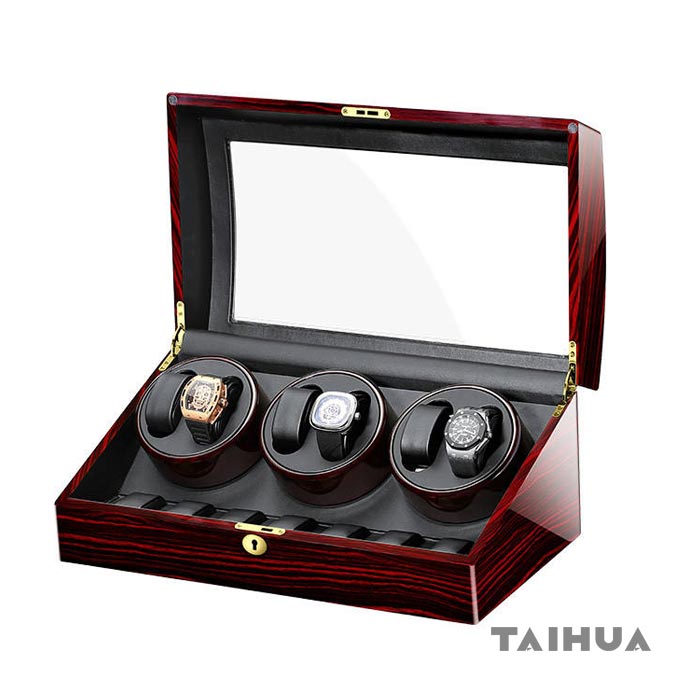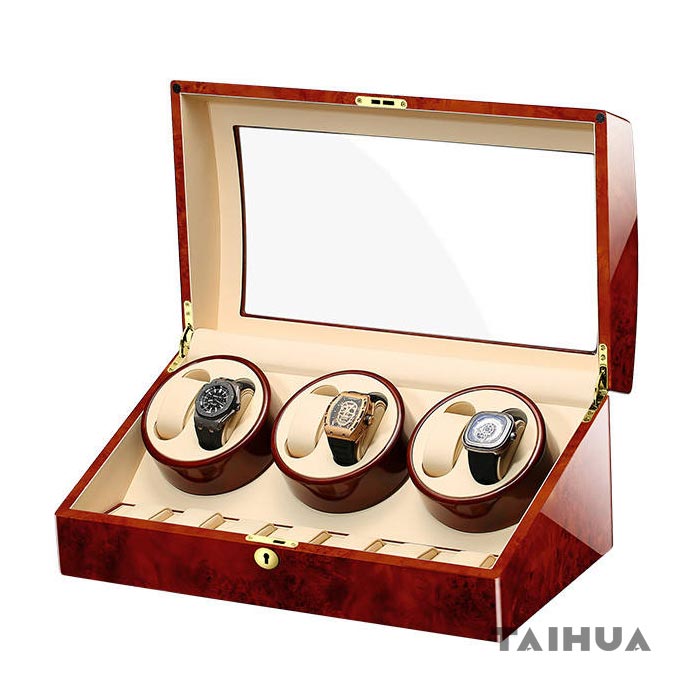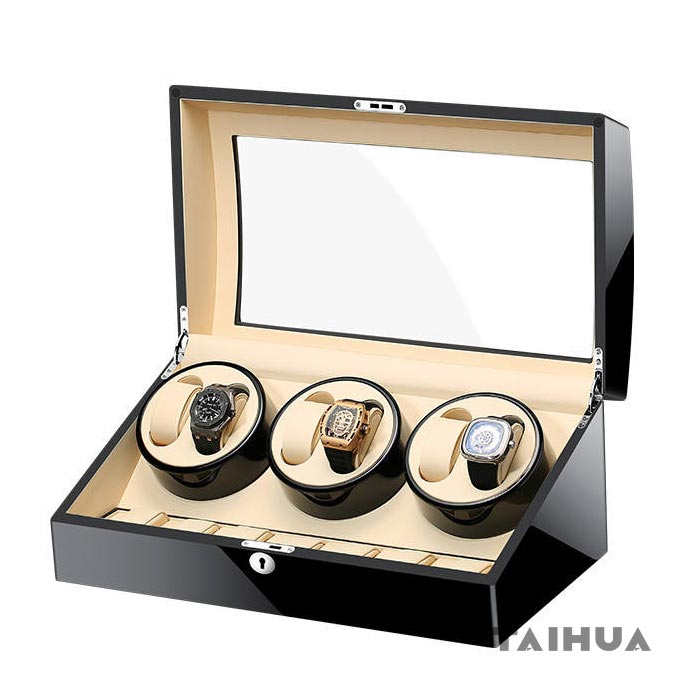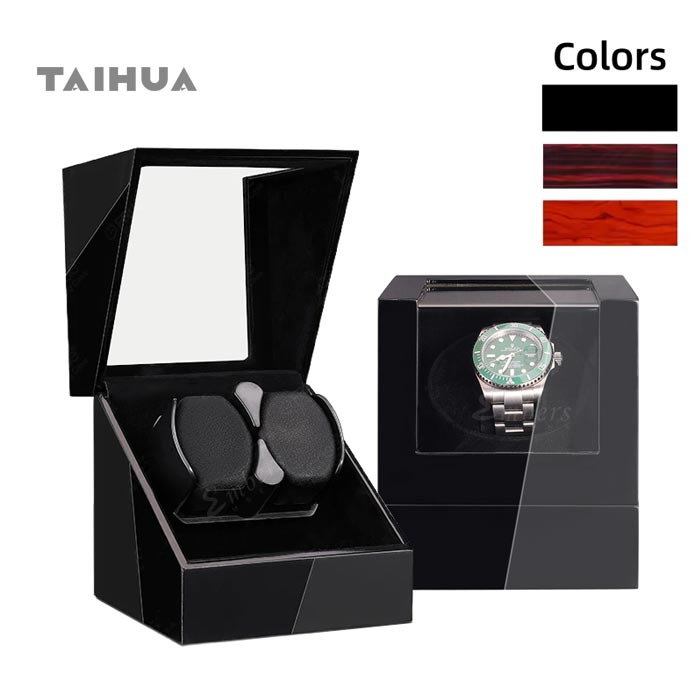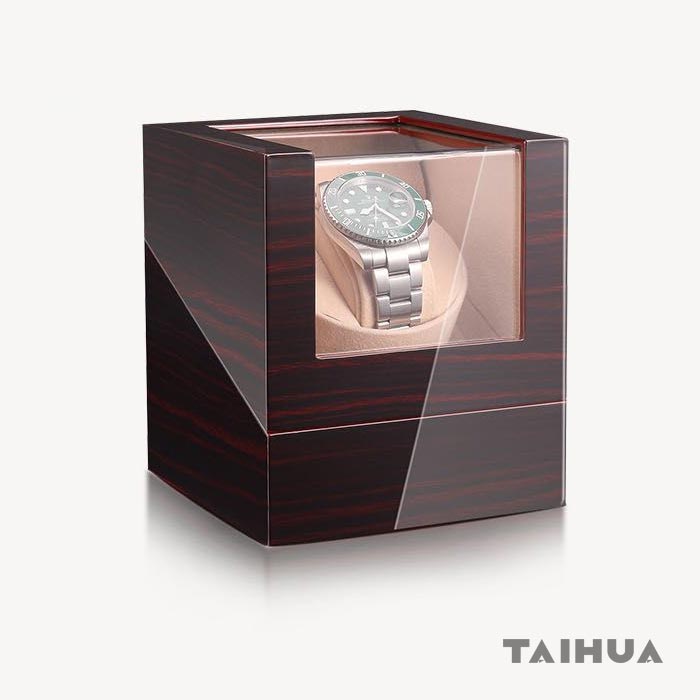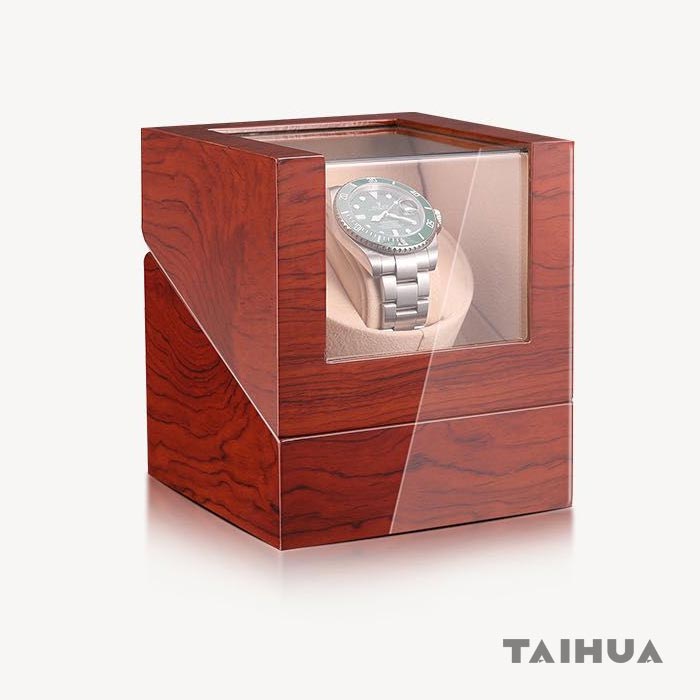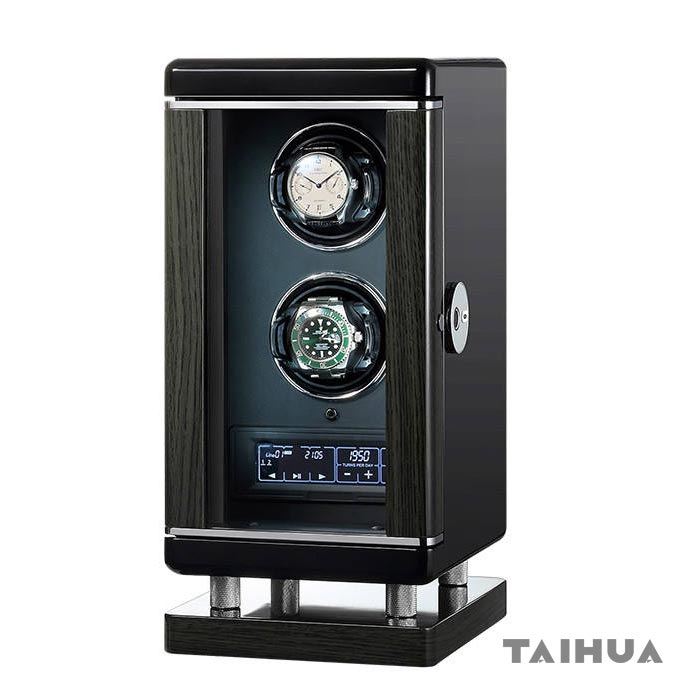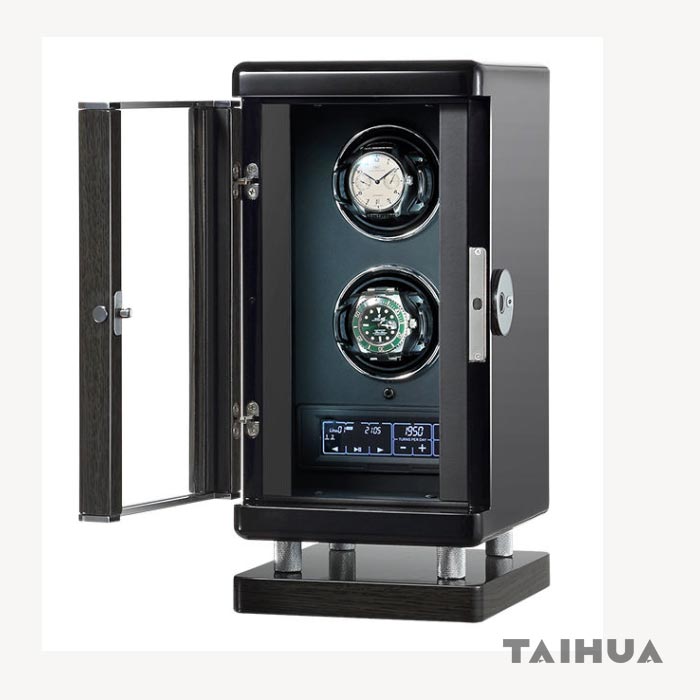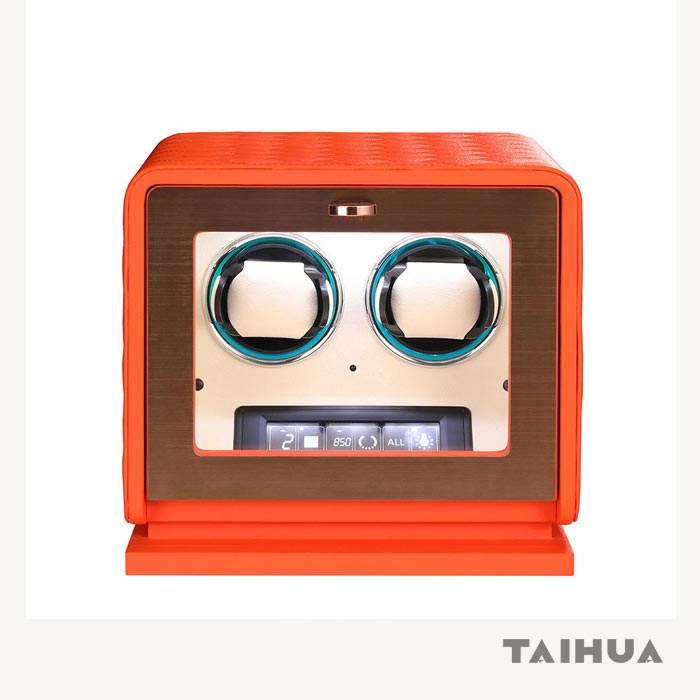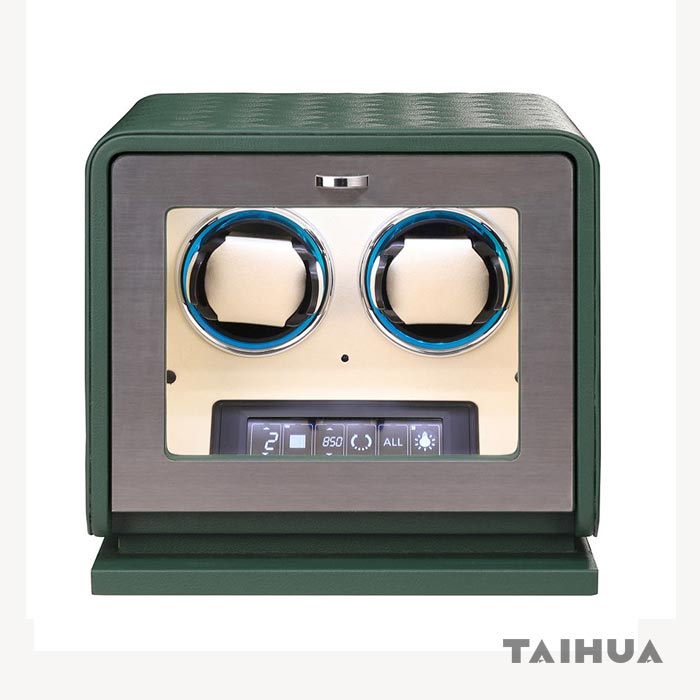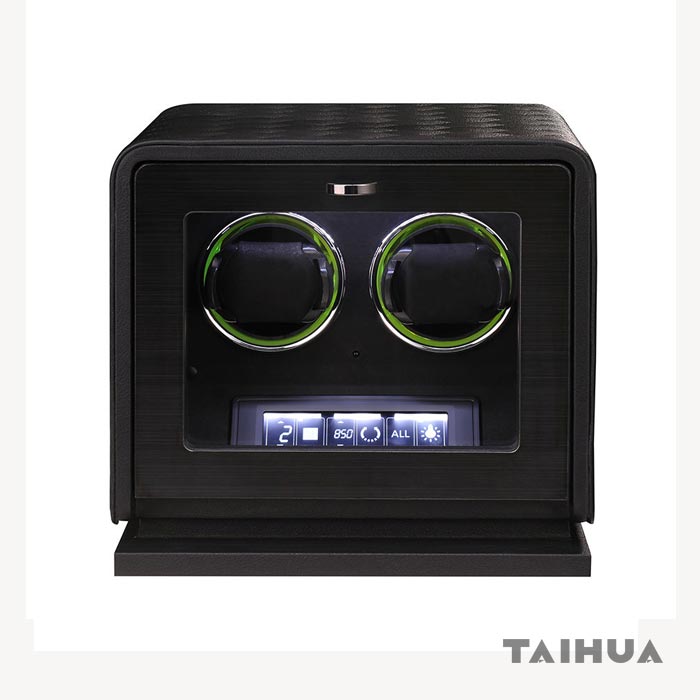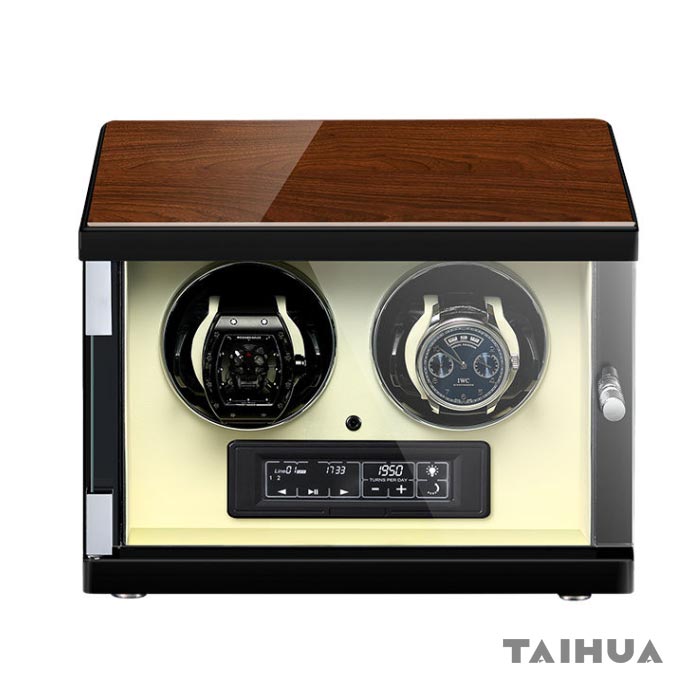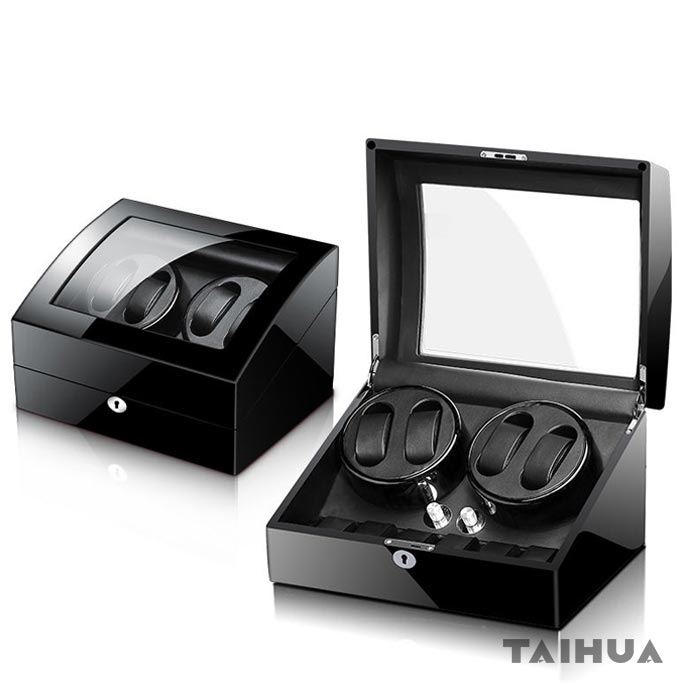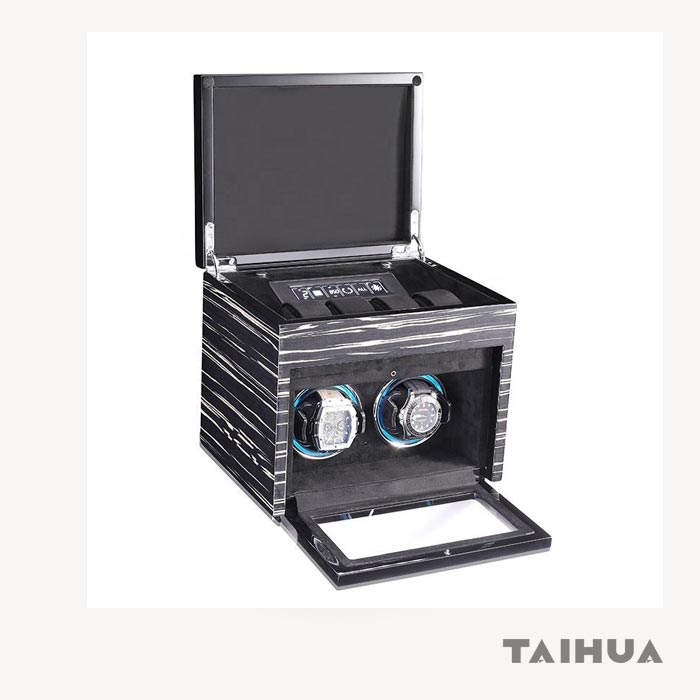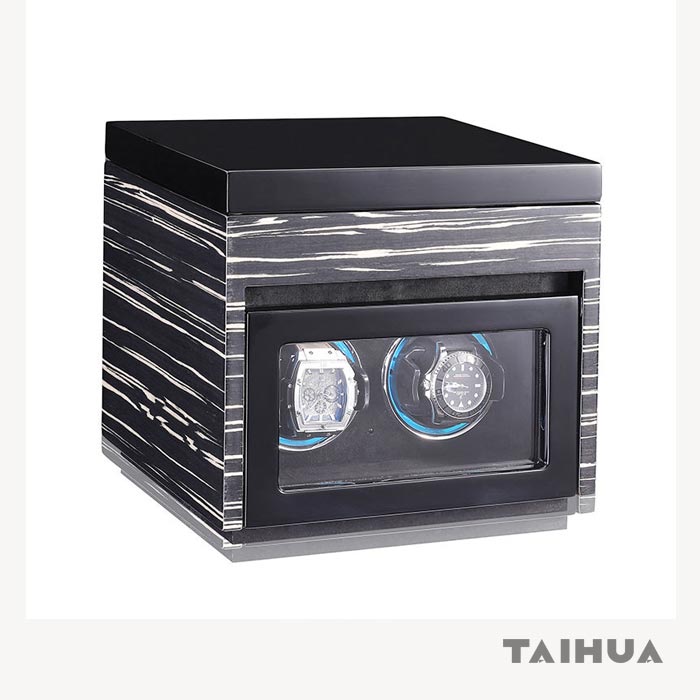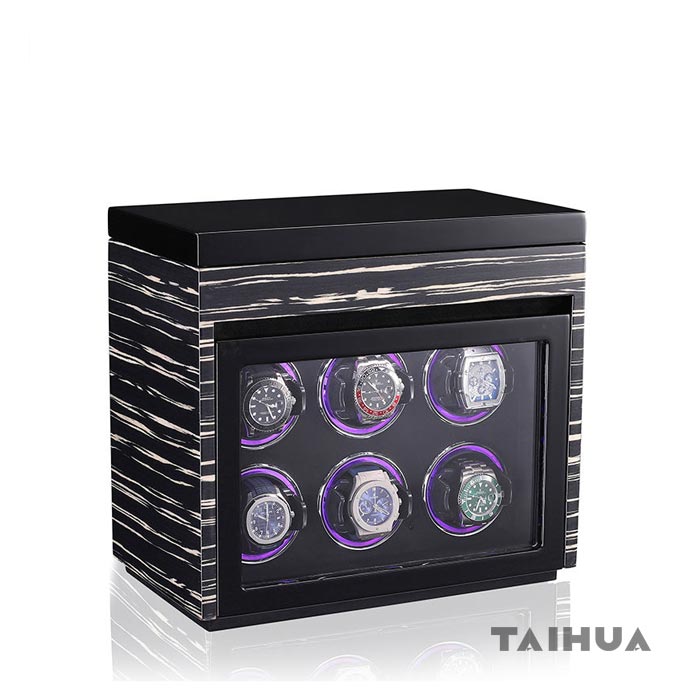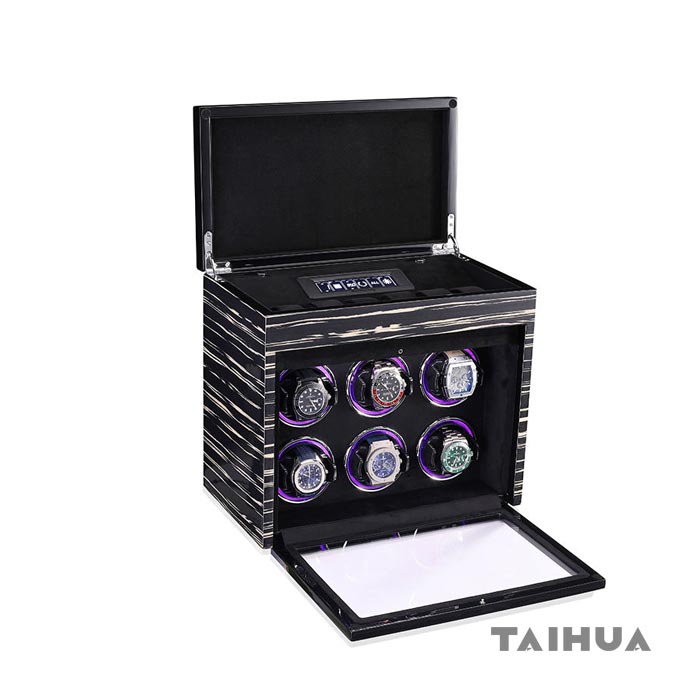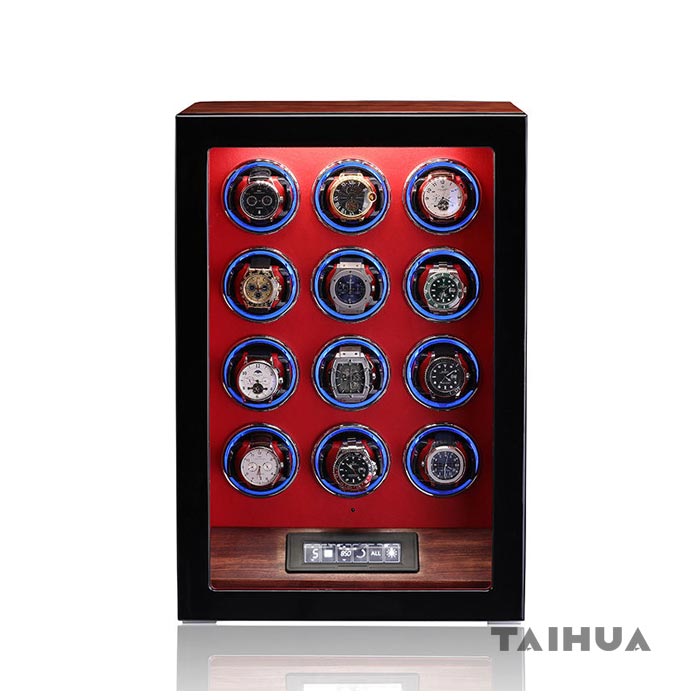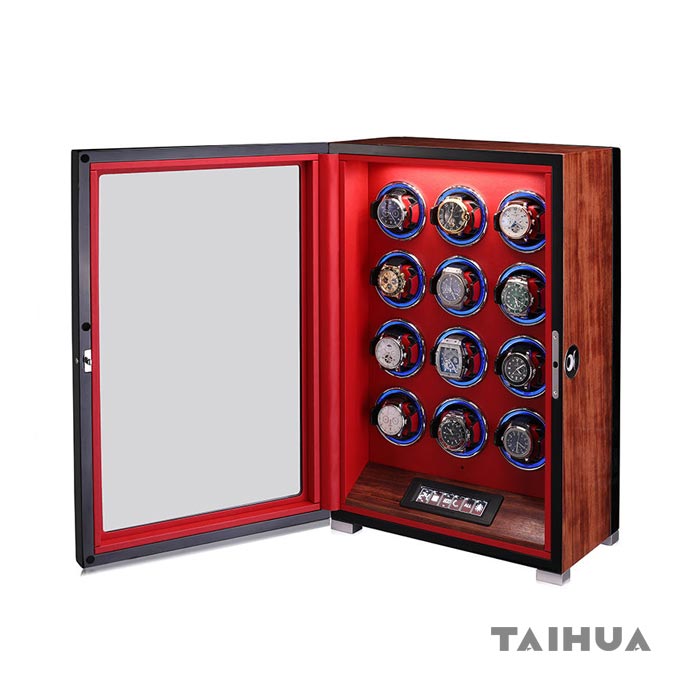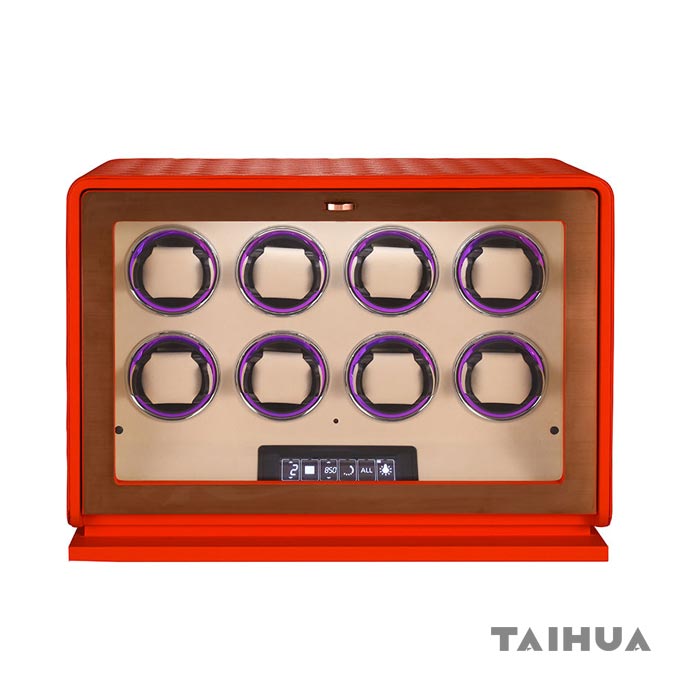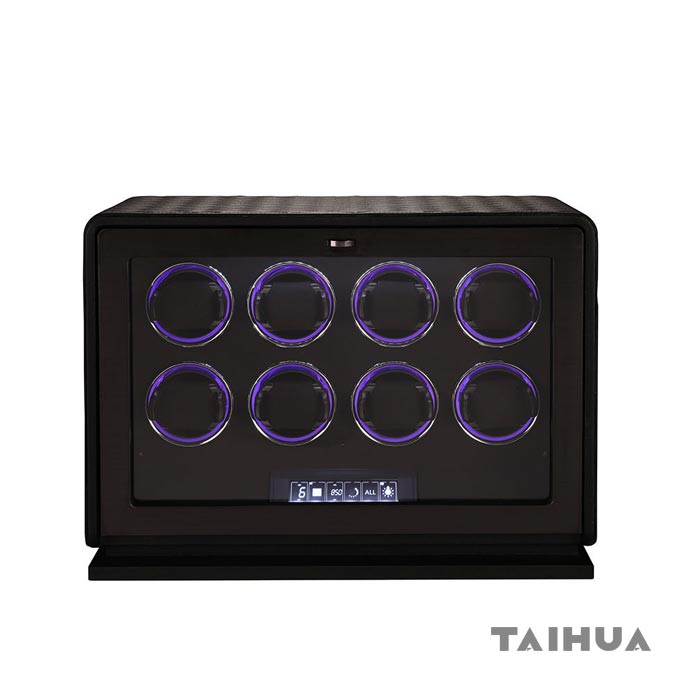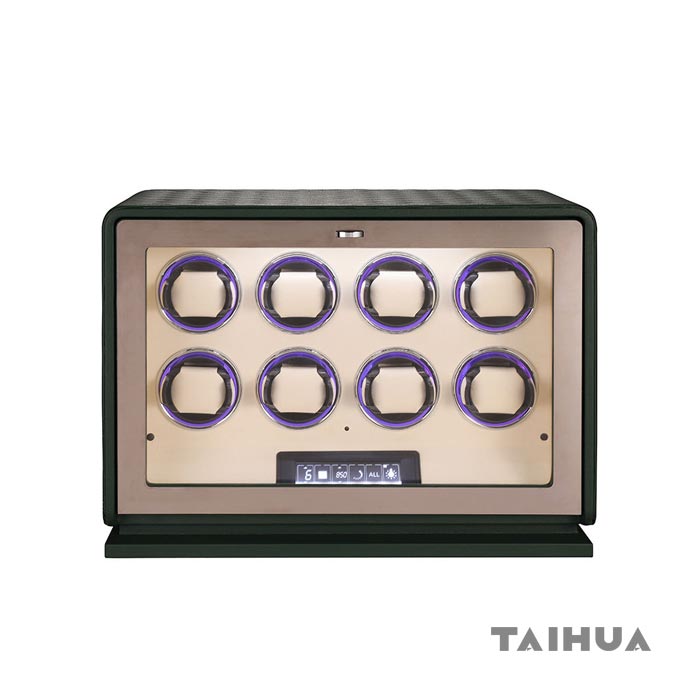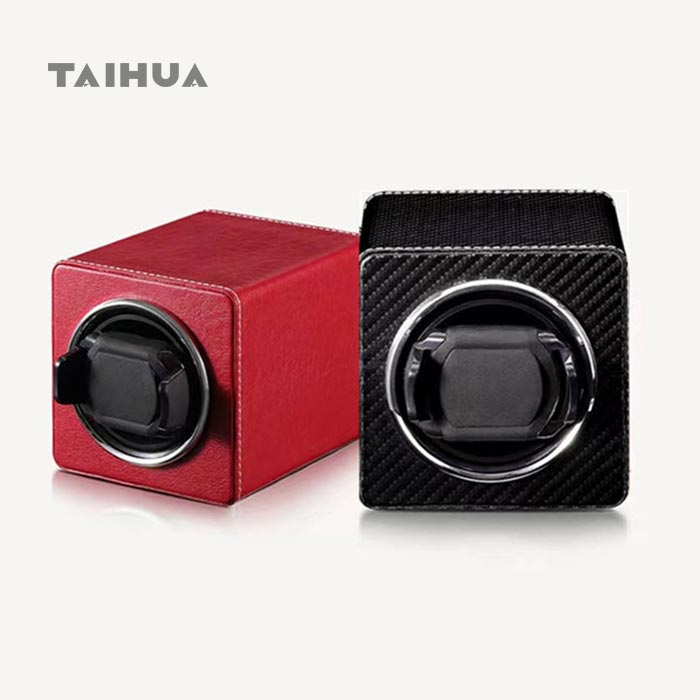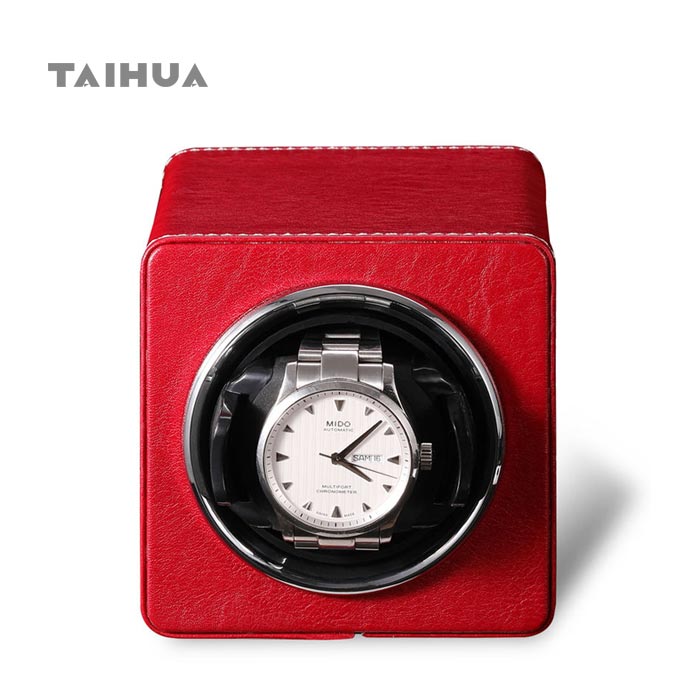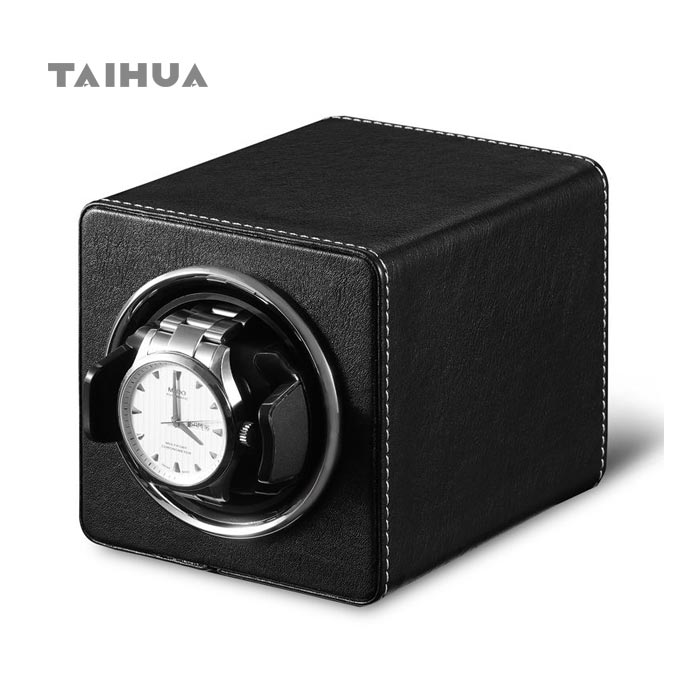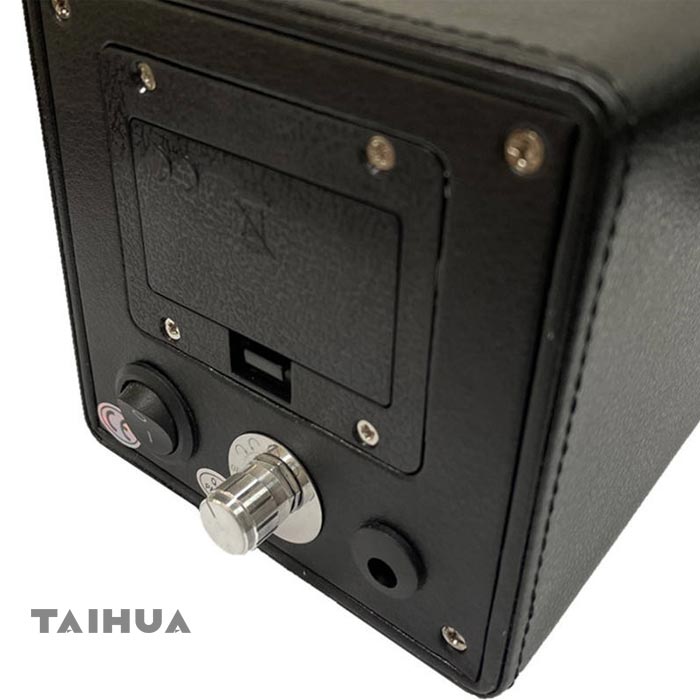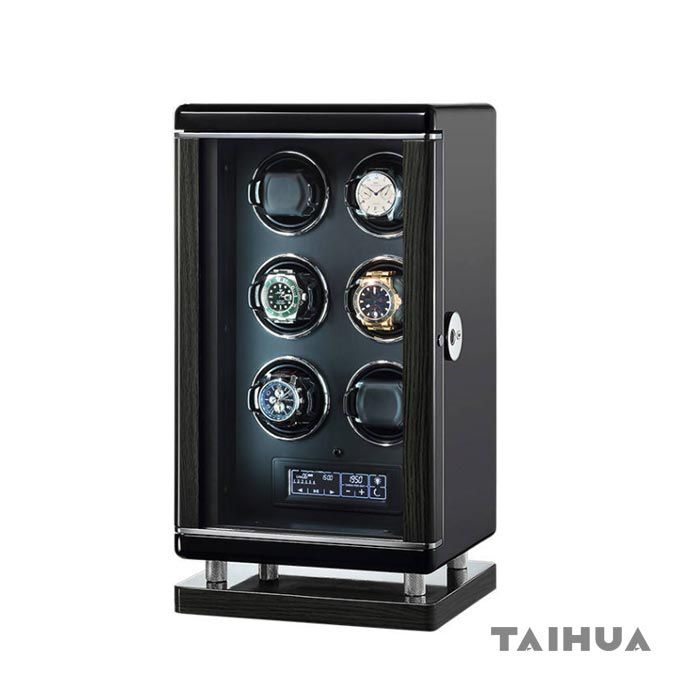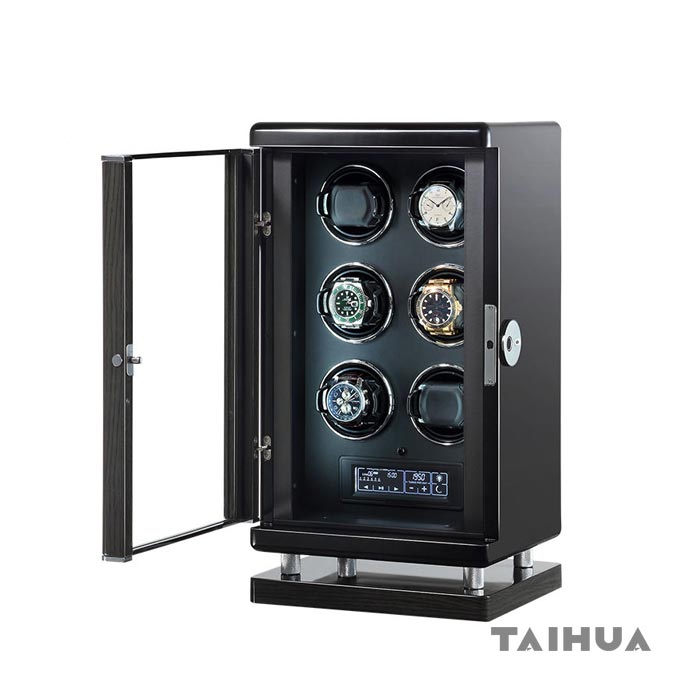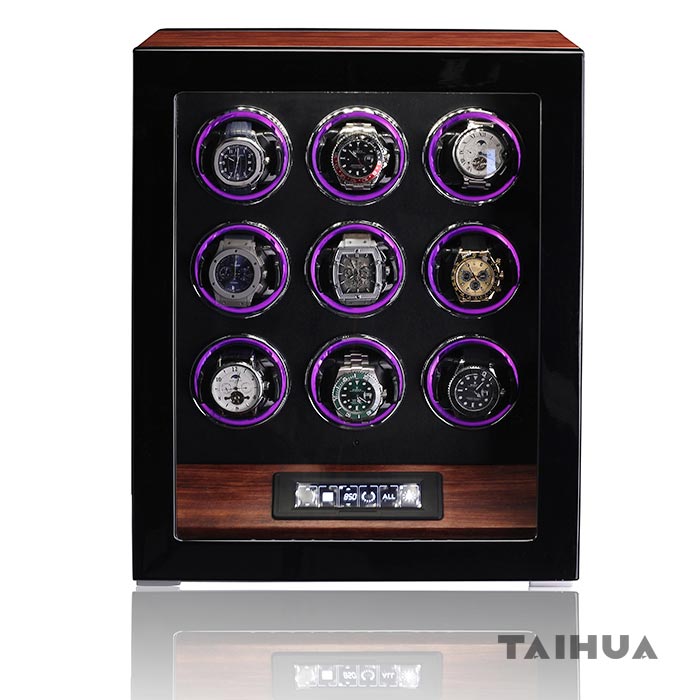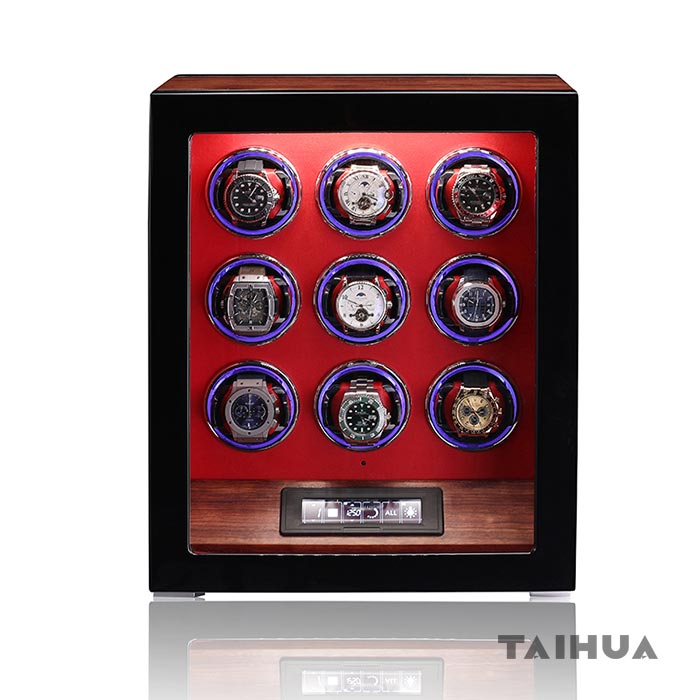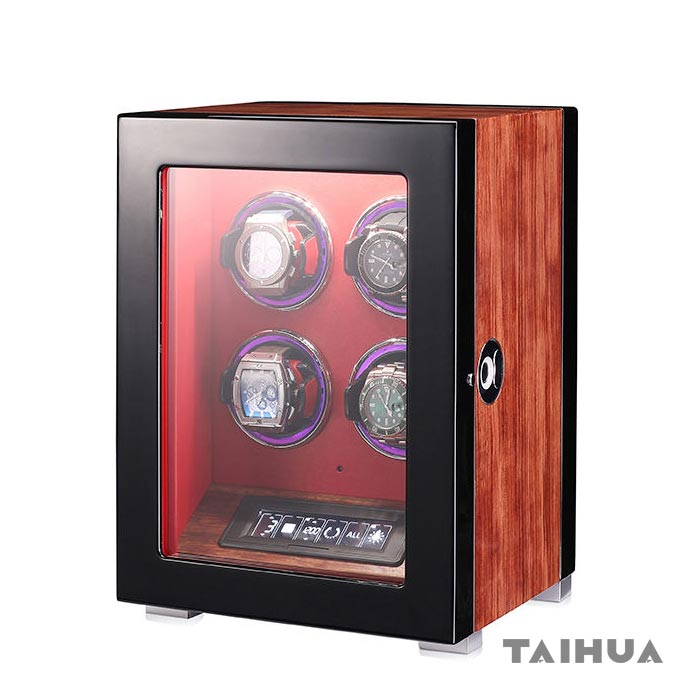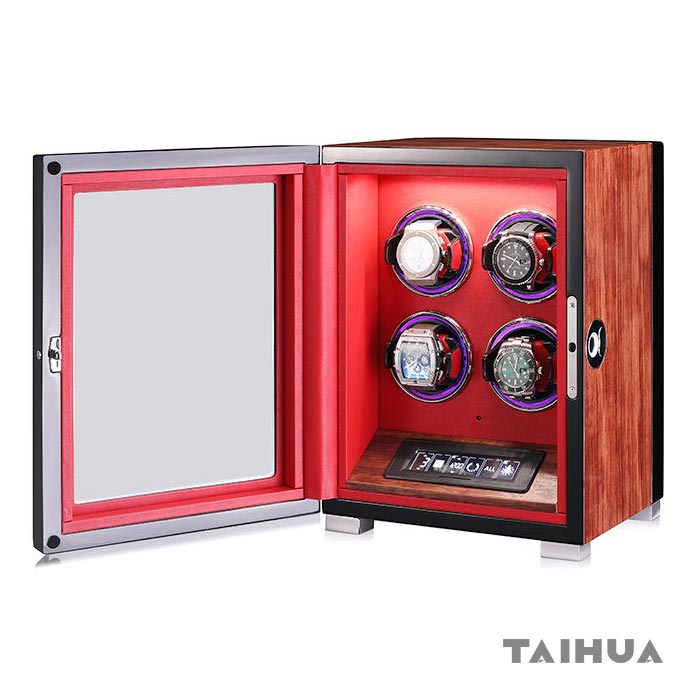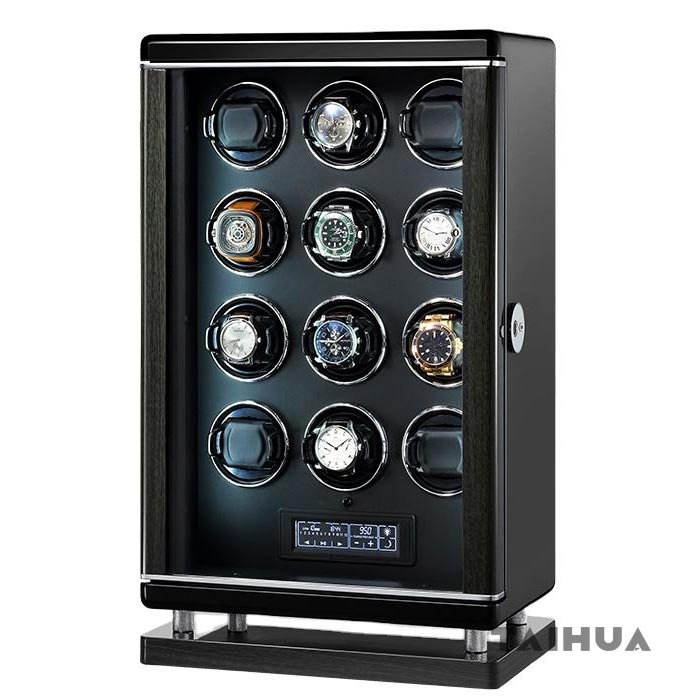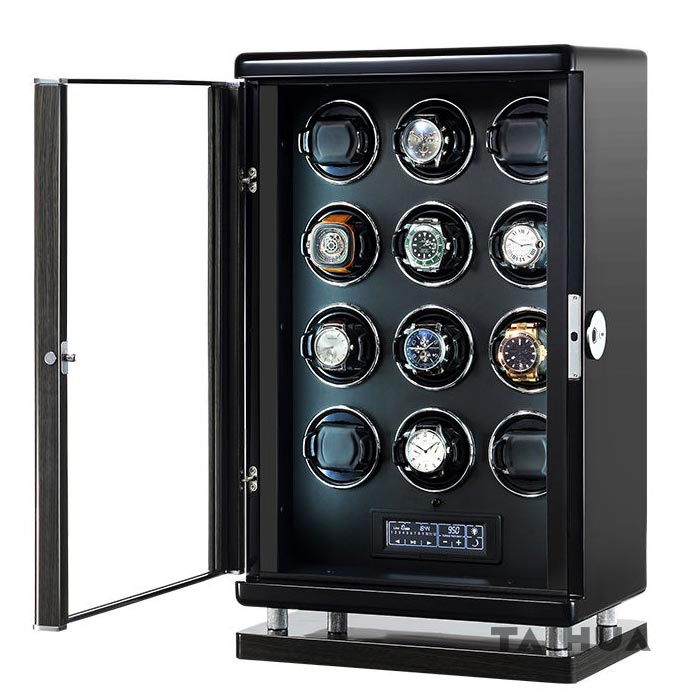An automatic watch winder is a device designed to keep automatic (self-winding) watches running when they’re not being worn. If you own one or more automatic watches, you might have noticed they stop after a day or two without use. That’s because these watches rely on wrist movement to wind their mainspring. A watch winder solves this problem by simulating natural wrist motion, keeping your watch wound and ready to wear anytime.
In this guide, we’ll explain how a watch winder works, its benefits, how to choose the right one, and answer the most common questions.
What Is an Watch Winder Box?
An automatic watch winder is a motorized device that rotates your watch at specific intervals to mimic the motion of your wrist. This motion keeps the rotor inside the watch moving, which in turn winds the mainspring and powers the watch movement.
Most winders allow you to adjust:
- Direction: Clockwise (CW), Counterclockwise (CCW), or Bidirectional.
- TPD (Turns Per Day): The number of rotations the winder performs each day.
How Does a Watch Winder Work?
The winder holds the watch on a soft cushion inside a rotating drum. The motor spins the drum according to pre-set programs:
- The watch rotates for a few minutes.
- Then rests for a period.
- Repeats this cycle throughout the day.
This prevents overwinding and mimics natural wrist movement, keeping the watch’s power reserve full.
Why Use a Watch Winder?
✅ 1. Keeps the Watch Running
No need to reset time or date every time you wear it.
✅ 2. Preserves Complications
Useful for watches with calendar, moon phase, or dual time functions that are tedious to reset.
✅ 3. Displays and Protects Your Watch
Modern winders are beautifully designed, doubling as luxury display cases.
✅ 4. Extends Longevity
Regular motion keeps lubricants inside the movement evenly distributed.
Who Needs a Watch Winder?
You’ll benefit from a winder if you:
- Own multiple automatic watches.
- Have watches with complex complications.
- Rotate watches and don’t wear each daily.
- Prefer a ready-to-wear watch every time.
If you wear the same watch daily, a winder is optional.
How to Choose the Right Watch Winder
When buying a winder, consider:
| Feature | Description |
|---|---|
| TPD Range | Adjustable from 650–1200 TPD (depending on your watch) |
| Rotation Direction | CW, CCW, or bidirectional |
| Noise Level | Choose quiet motors (especially for bedroom use) |
| Power Source | AC adapter, battery, or both |
| Capacity | Single, dual, or multi-watch |
| Build Quality | Durable materials like wood, leather, or carbon fiber |
| Extra Features | LED lighting, touchscreen, memory settings |
Common Settings for Popular Brands
| Brand | Direction | TPD |
|---|---|---|
| Rolex | Bidirectional | 650 |
| Omega | Bidirectional | 650–800 |
| Tag Heuer | Bidirectional | 650–800 |
| Breitling | Bidirectional | 650–800 |
| IWC | CW | 800–1000 |
| Cartier | Bidirectional | 650–800 |
Always check the manufacturer’s recommendations.
How to Use a Watch Winder
- Place your watch on the cushion.
- Insert it into the winder slot.
- Select the correct direction and TPD.
- Turn on the winder.
- Let it operate automatically—most models run in cycles.
Maintenance Tips
- Clean the case regularly.
- Avoid overloading it.
- Keep it in a dry environment.
- Use the correct power supply.
FAQs
1. Do all automatic watches need a winder?
No. If you wear your watch daily, your wrist movement is enough. A winder is useful for collections or complex watches.
2. Can a watch winder damage my watch?
No, not if used correctly. Quality winders simulate natural wrist motion and include rest cycles to prevent overwinding.
3. How many turns per day should I set?
Most watches require 650–800 TPD. Check your watch manual for exact specs.
4. Which direction should I set?
Some watches wind clockwise, some counterclockwise, and some both. Many modern movements are bidirectional.
5. Can I overwind my automatic watch?
No. Automatic watches have a slipping clutch that prevents overwinding, but excessive motion can cause unnecessary wear.
6. Should I turn off the winder at night?
If it’s noisy, yes. Otherwise, it’s fine to run continuously. Most winders have rest intervals.
7. Are watch winders noisy?
High-quality winders are very quiet. Cheap models can produce noticeable humming.
8. Do quartz watches need a winder?
No. Quartz watches are powered by batteries, not motion.
9. Can I use one winder for multiple watches?
Yes, if it has multiple slots. Each should ideally have independent settings for different watches.
10. What’s the best place to keep a watch winder?
In a dry, stable environment away from direct sunlight. Bedrooms or closets are ideal.
Conclusion
An automatic watch winder is not just a convenience—it’s a smart accessory for any watch enthusiast or collector. It keeps your timepieces running smoothly, displays them elegantly, and saves you time resetting functions. Choose one with the right TPD, rotation settings, and build quality for the best results.

